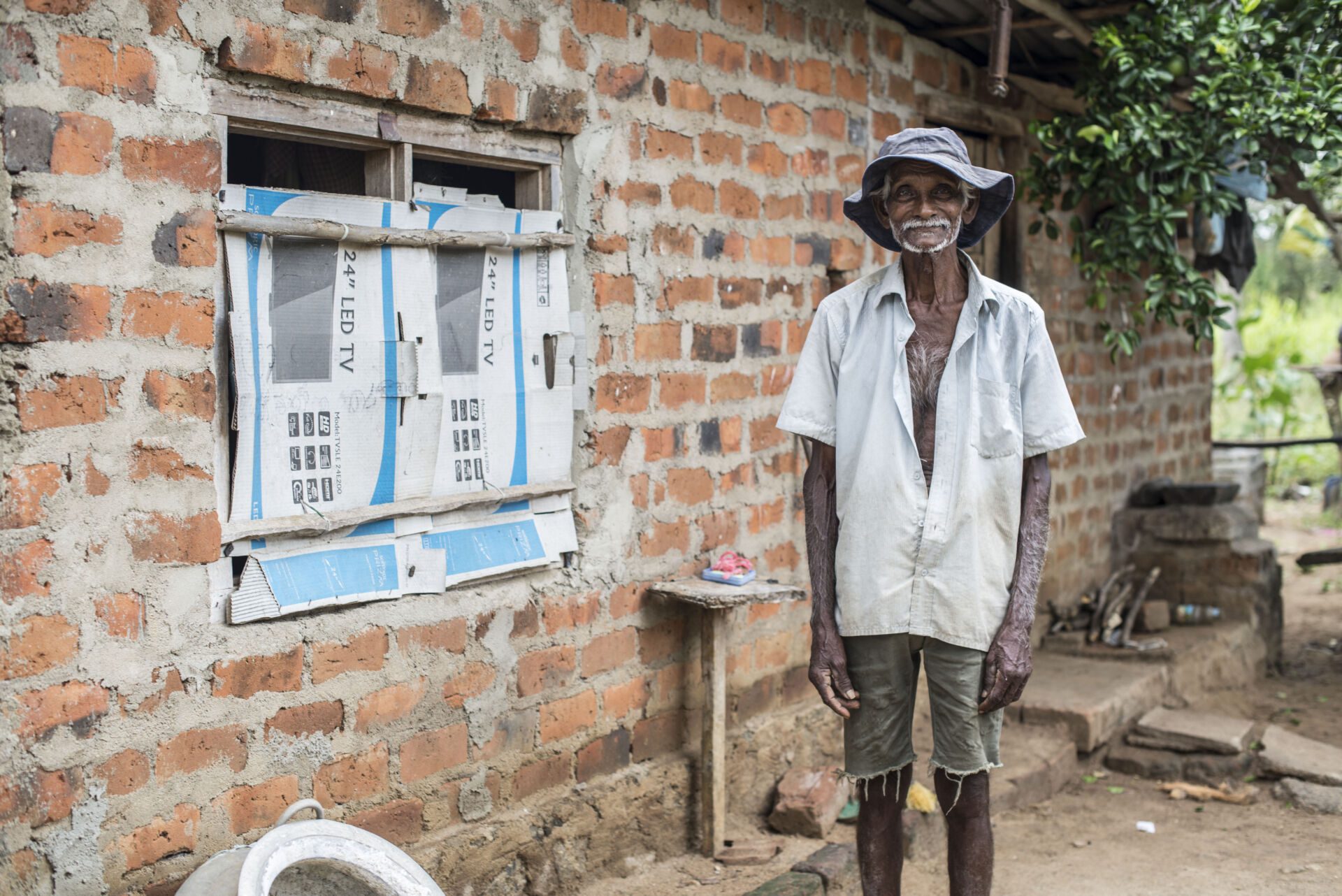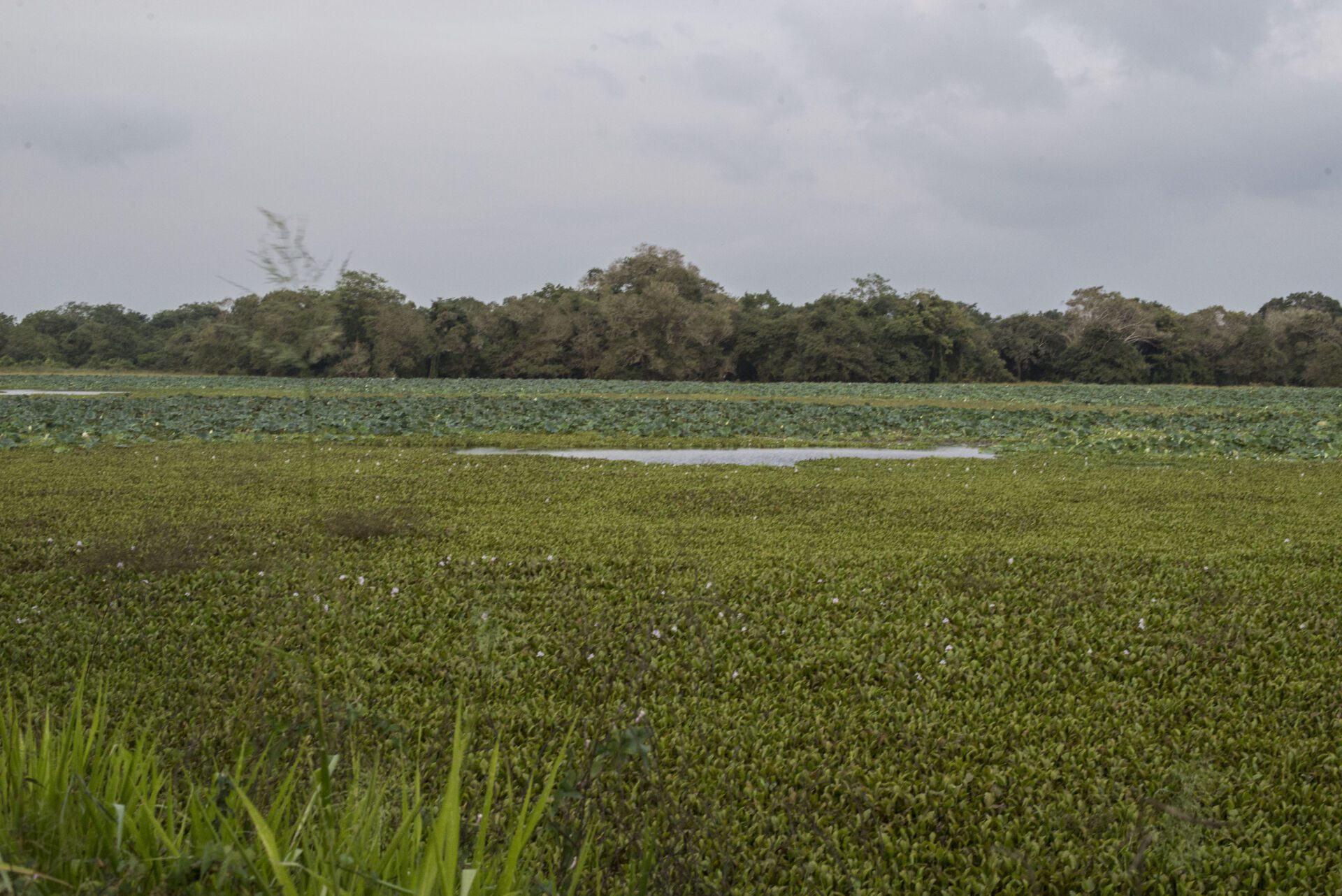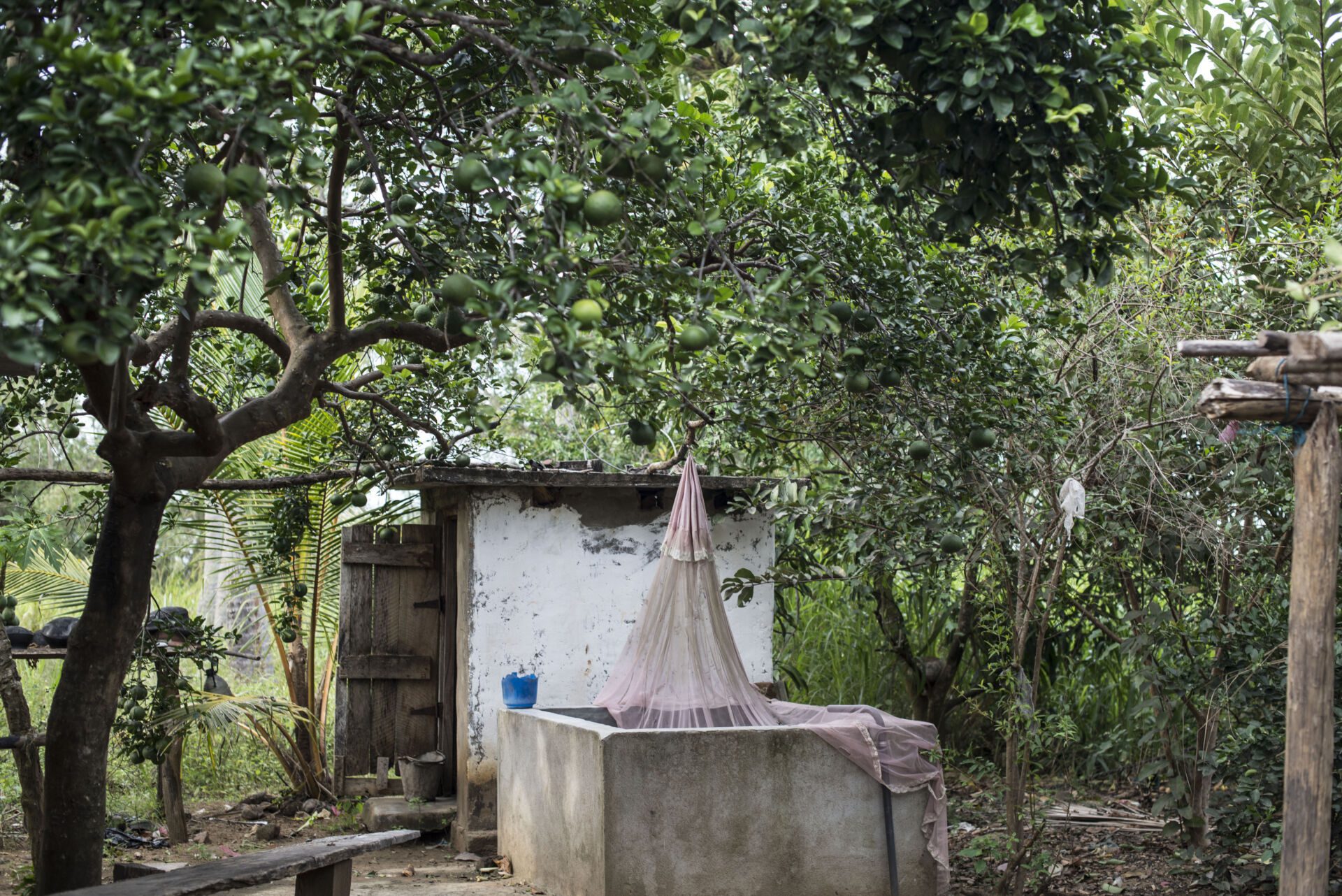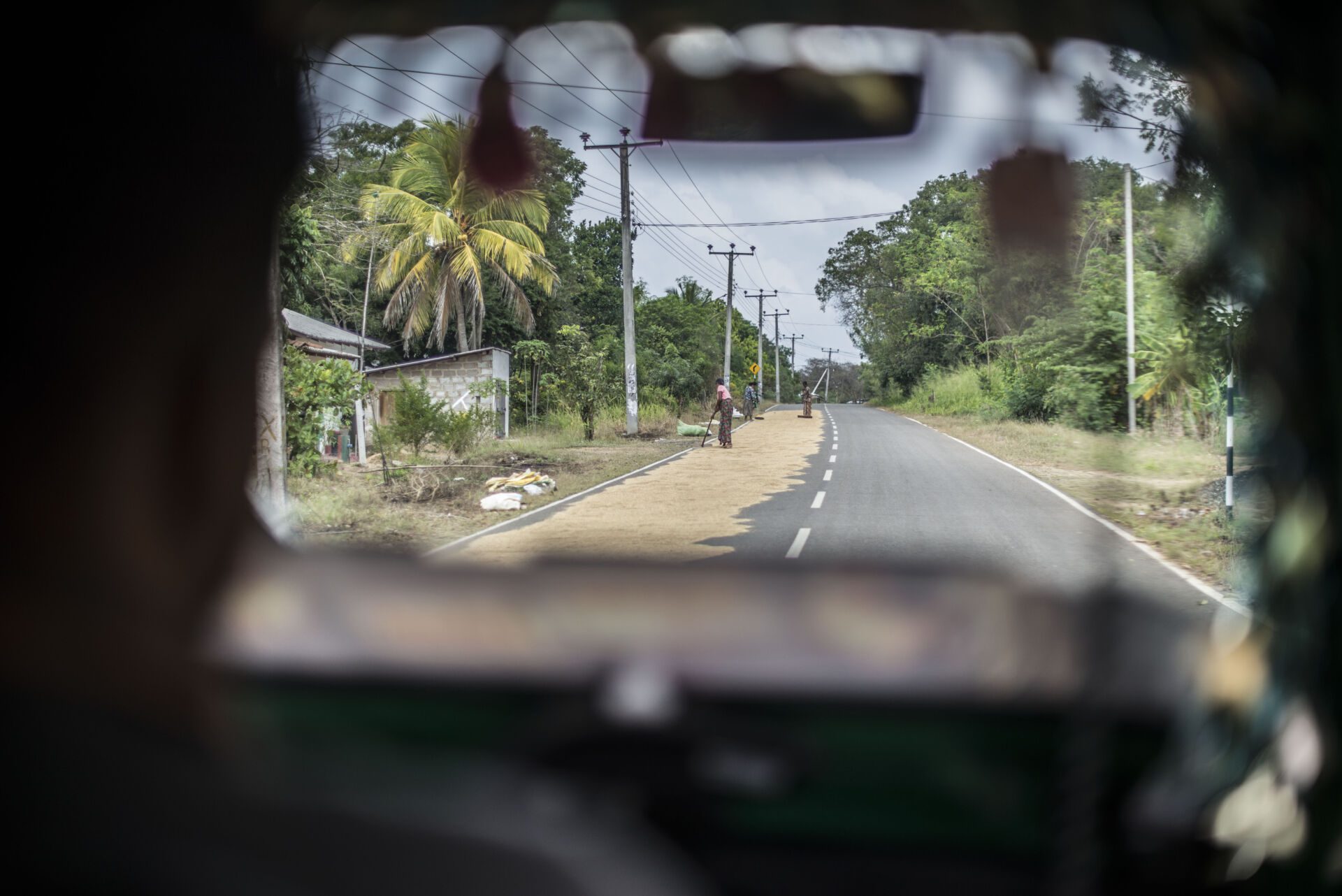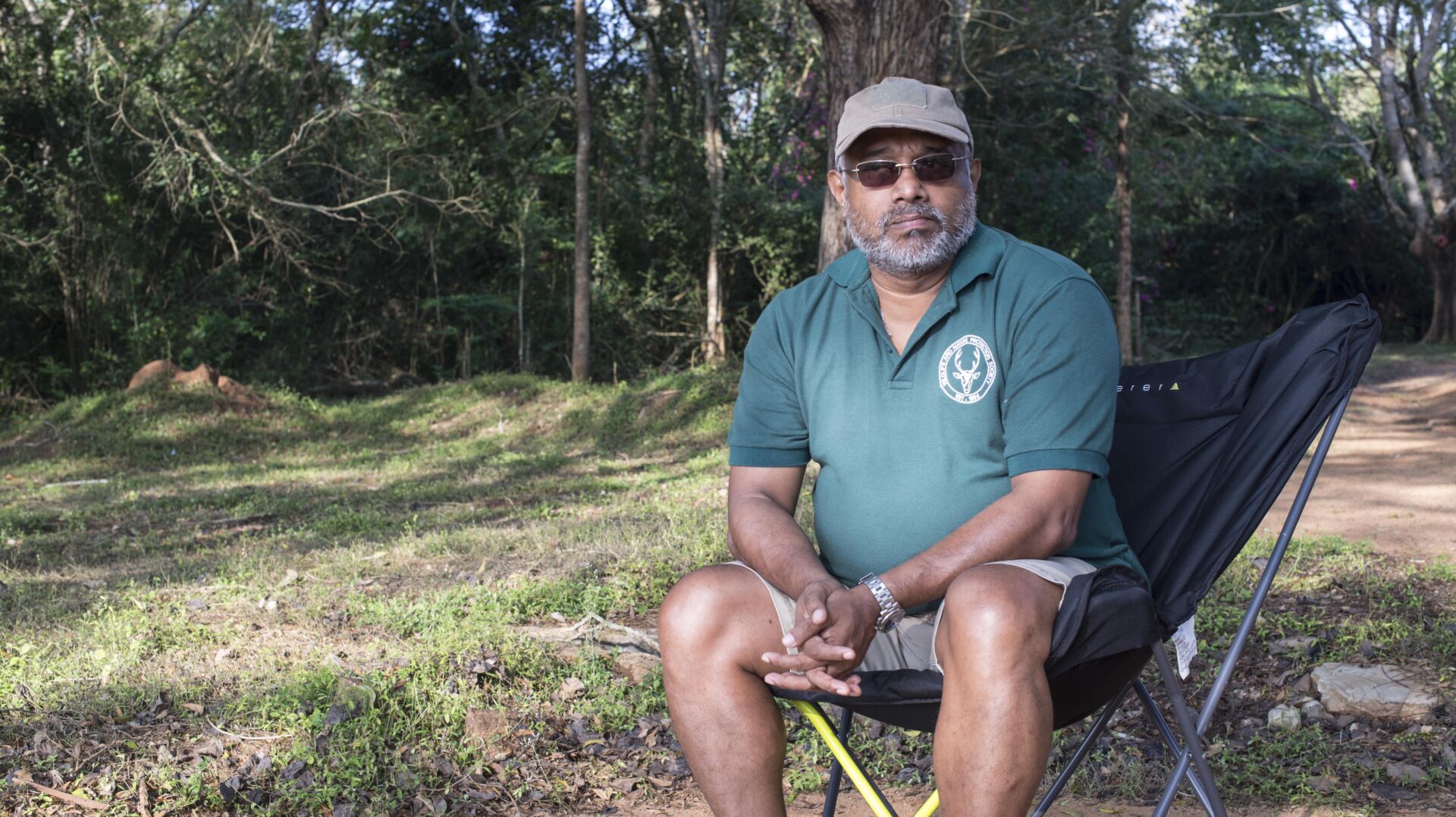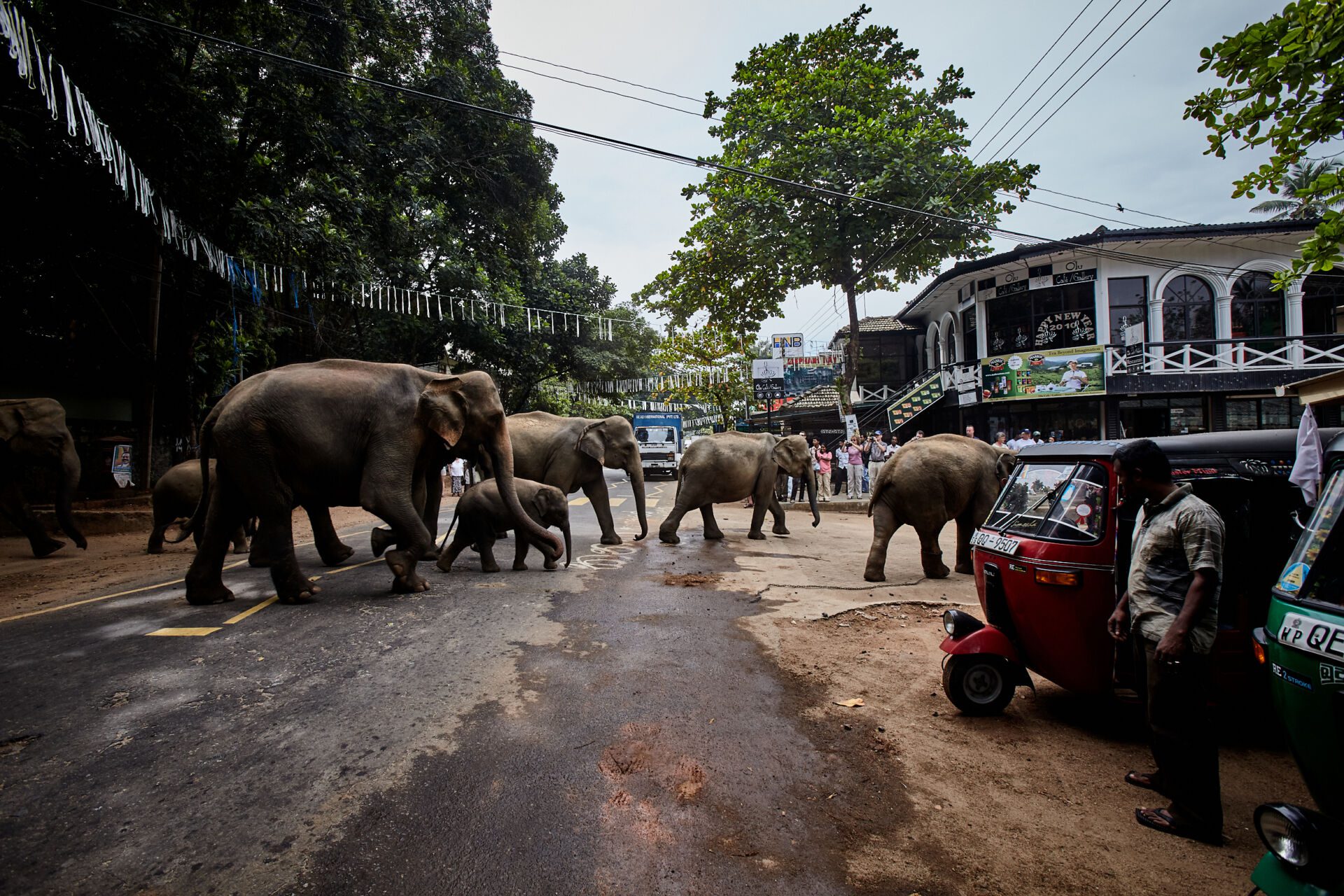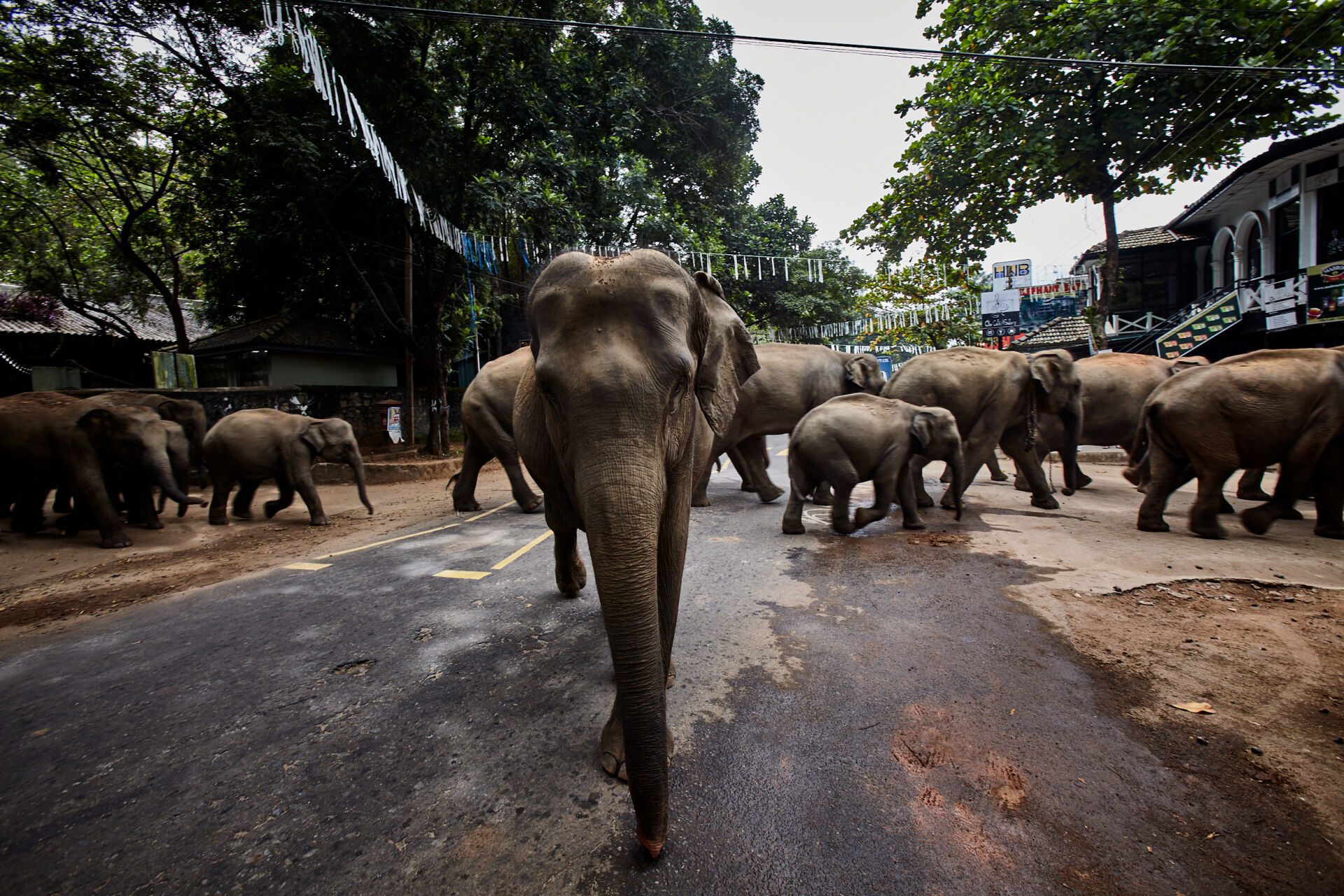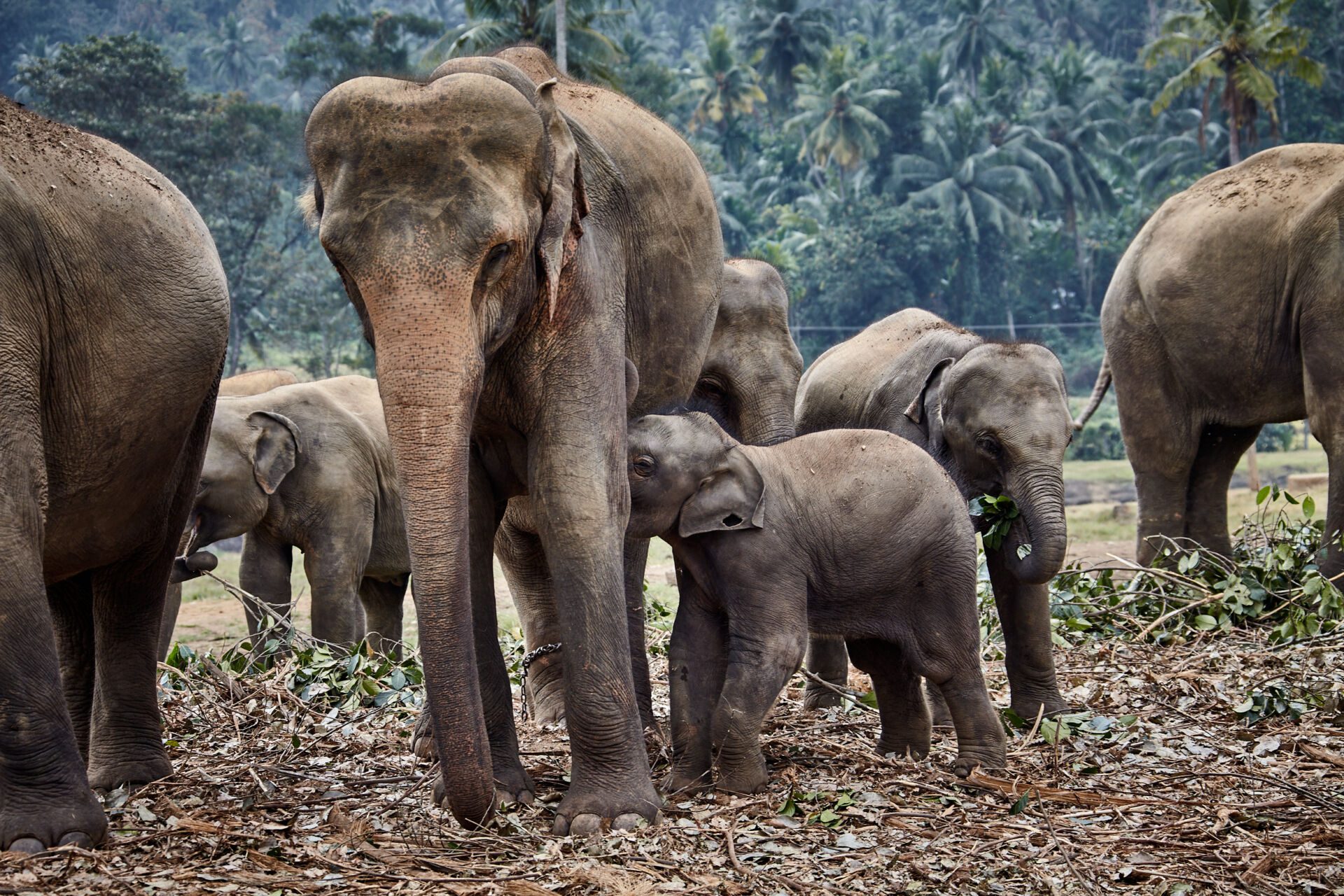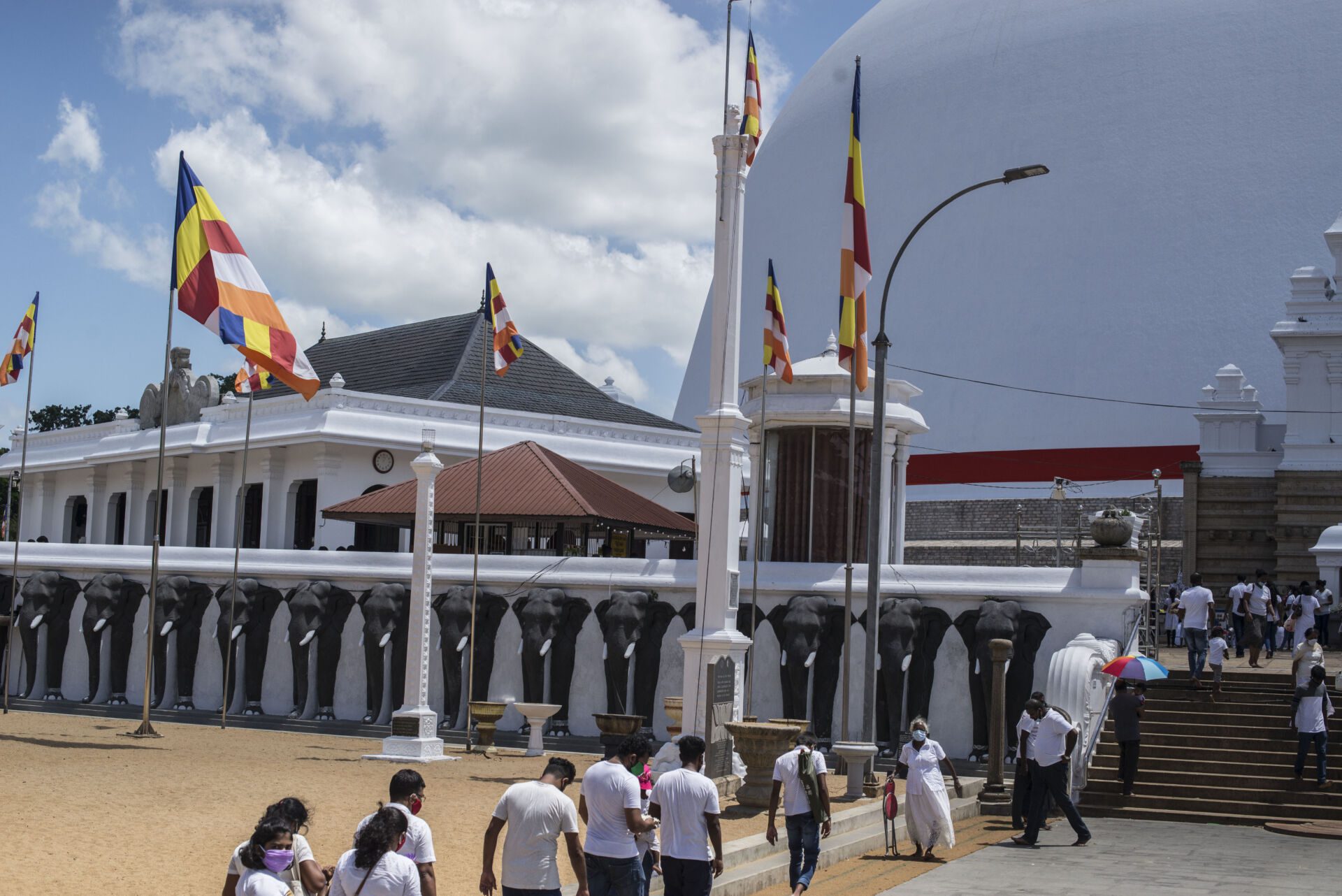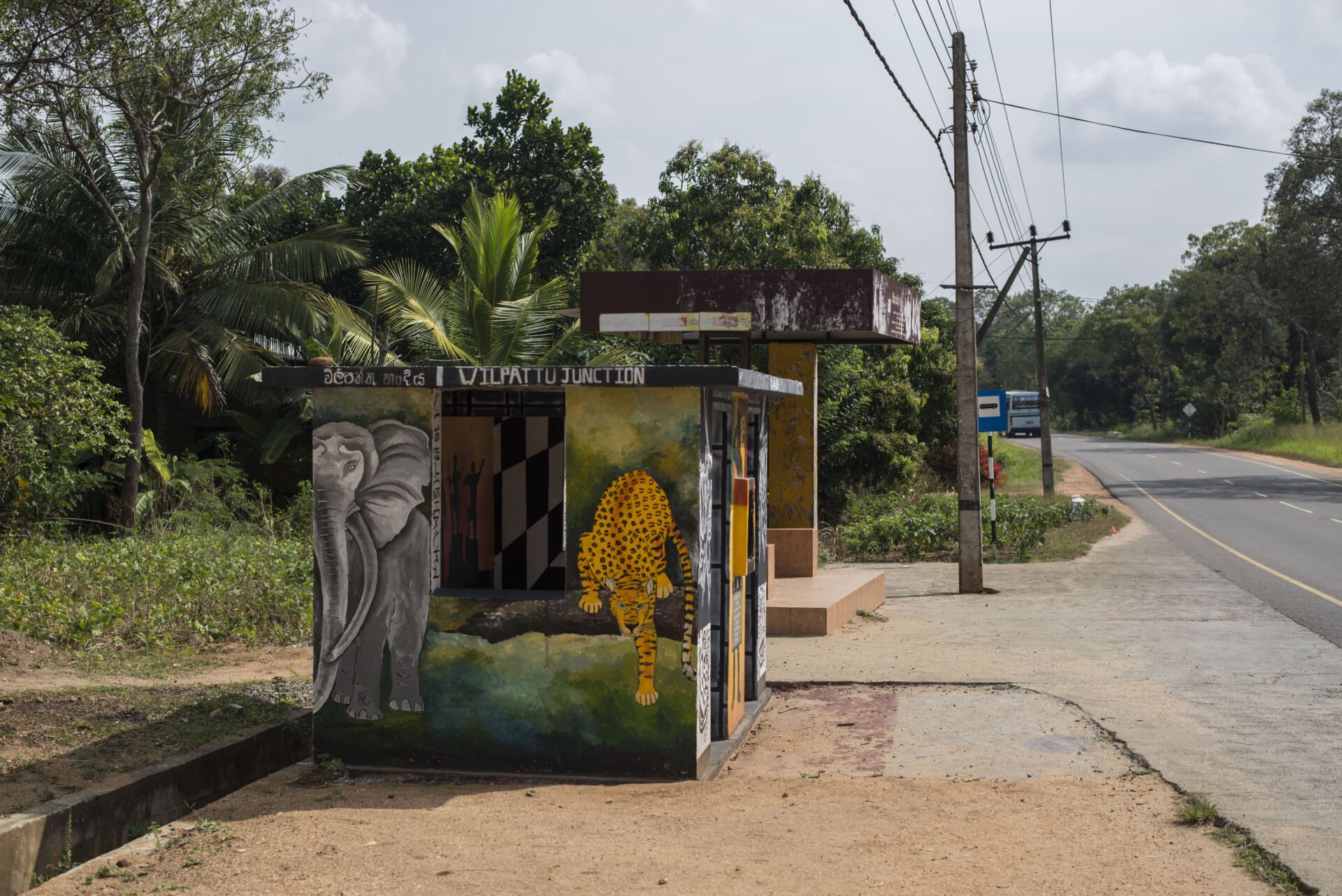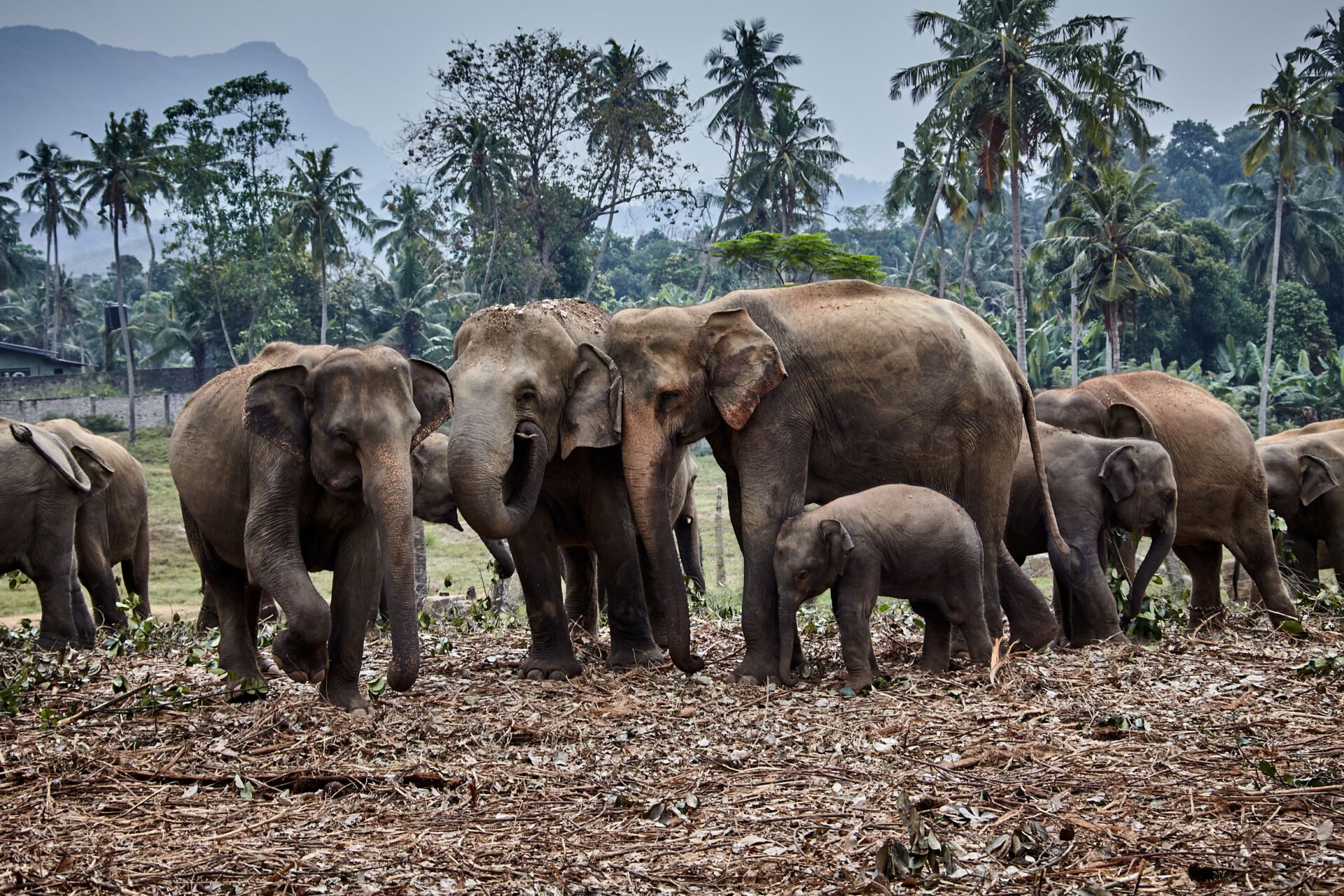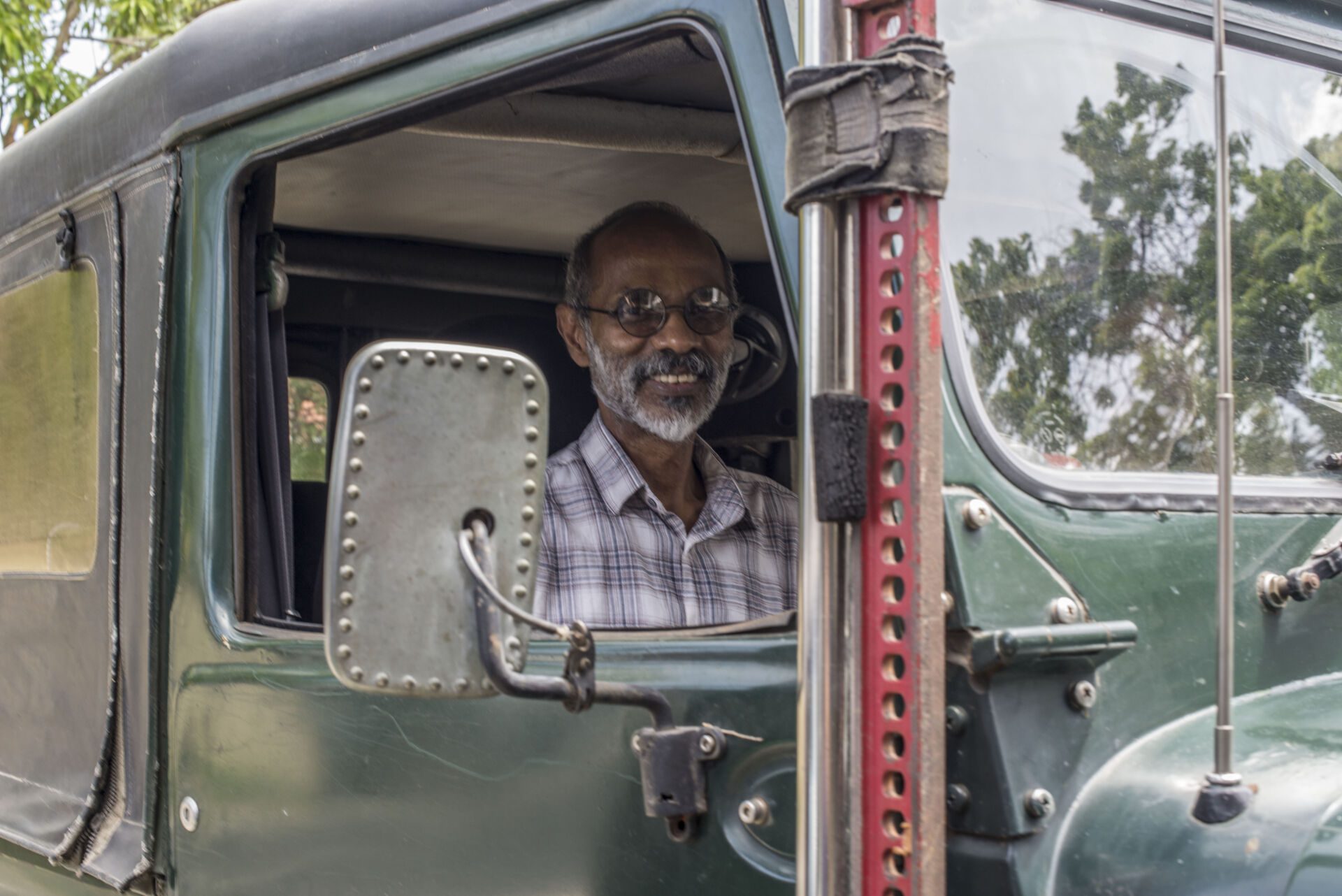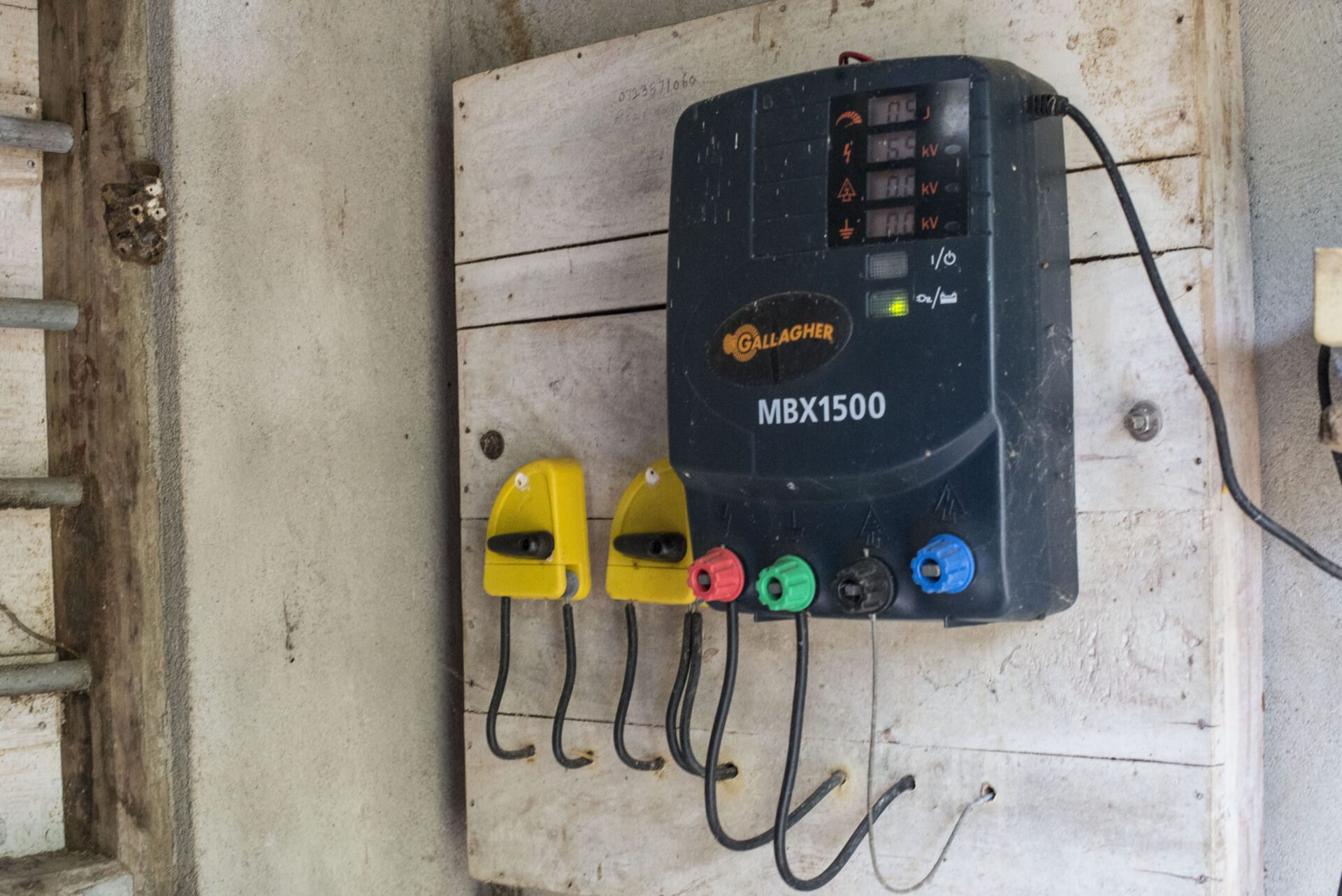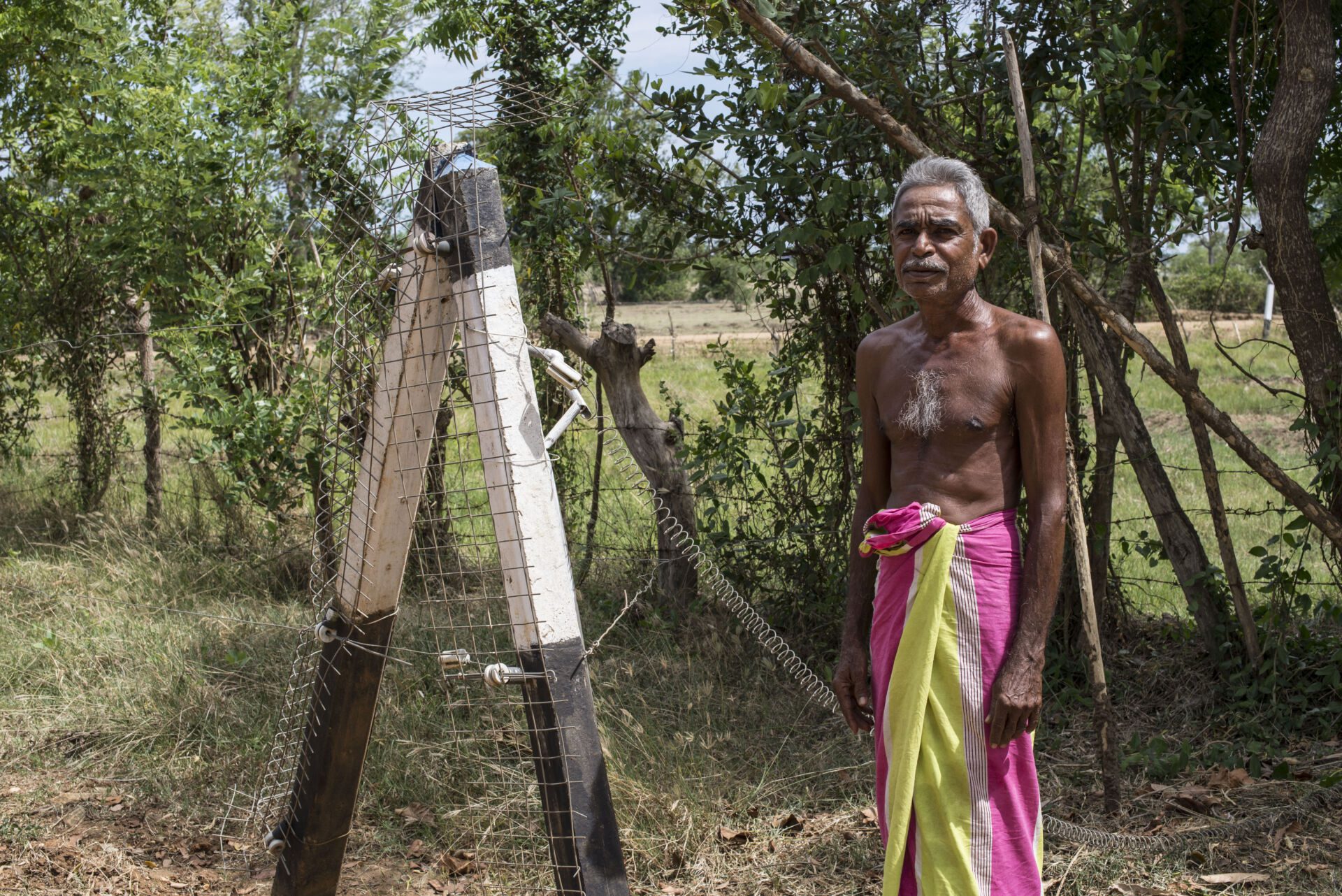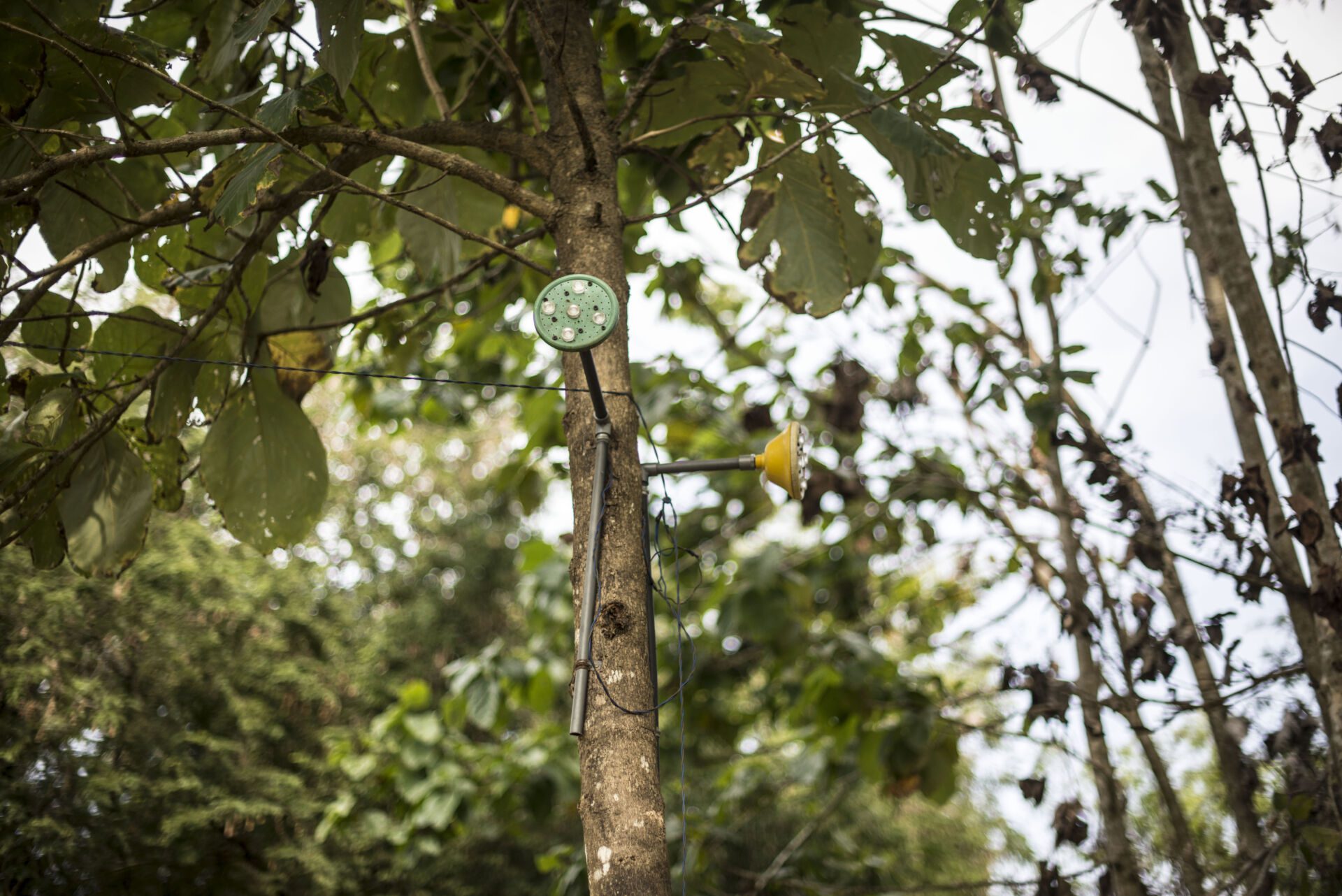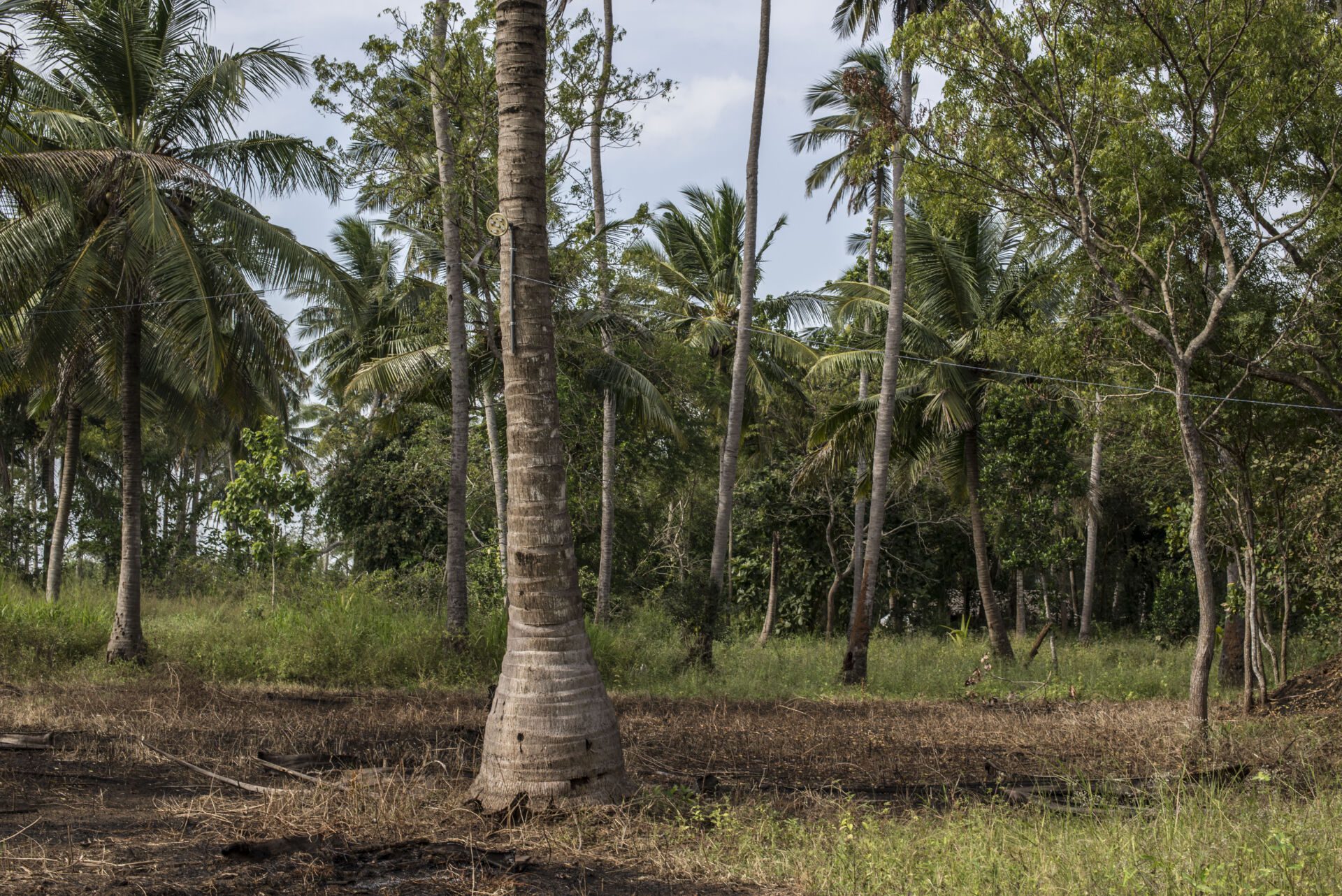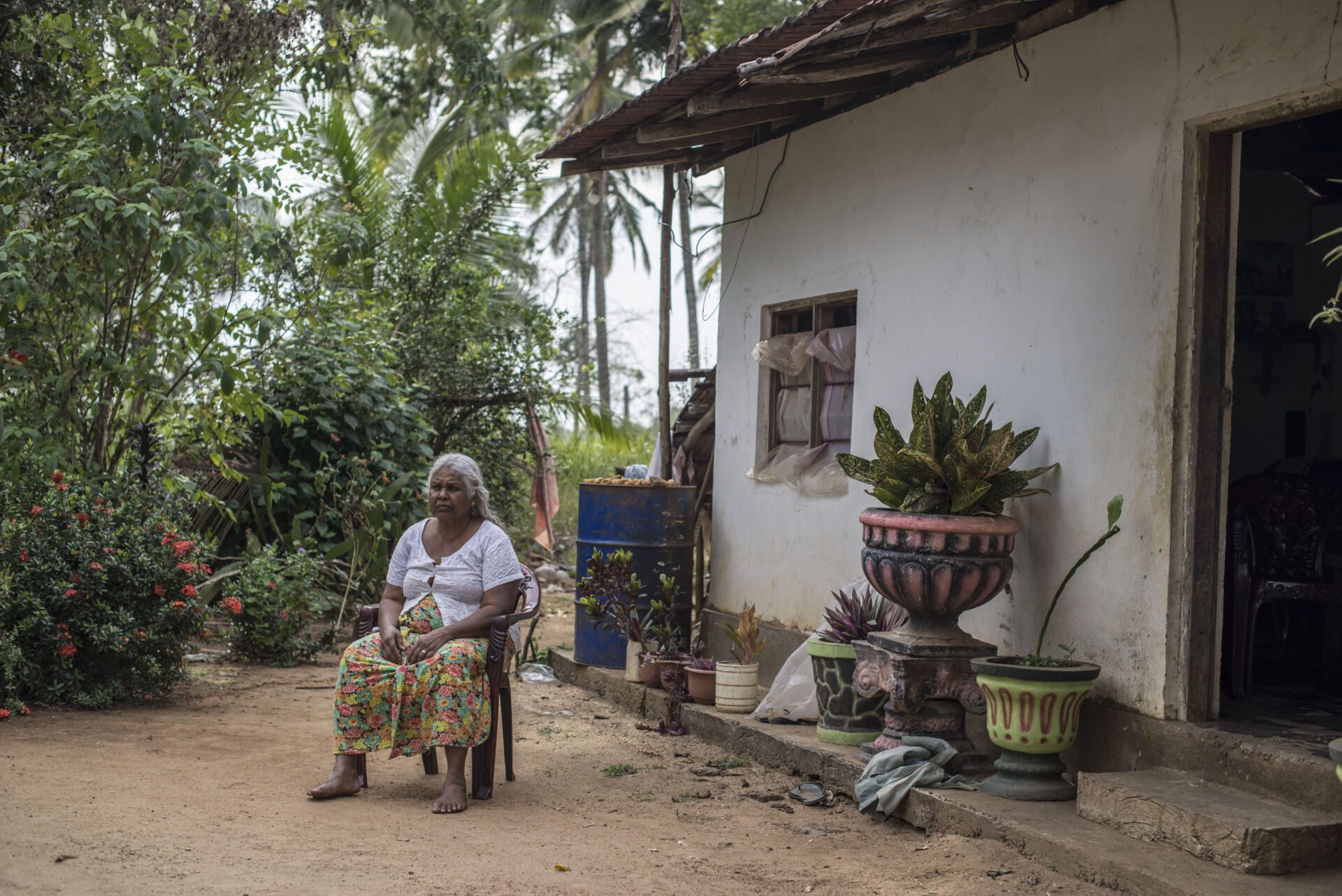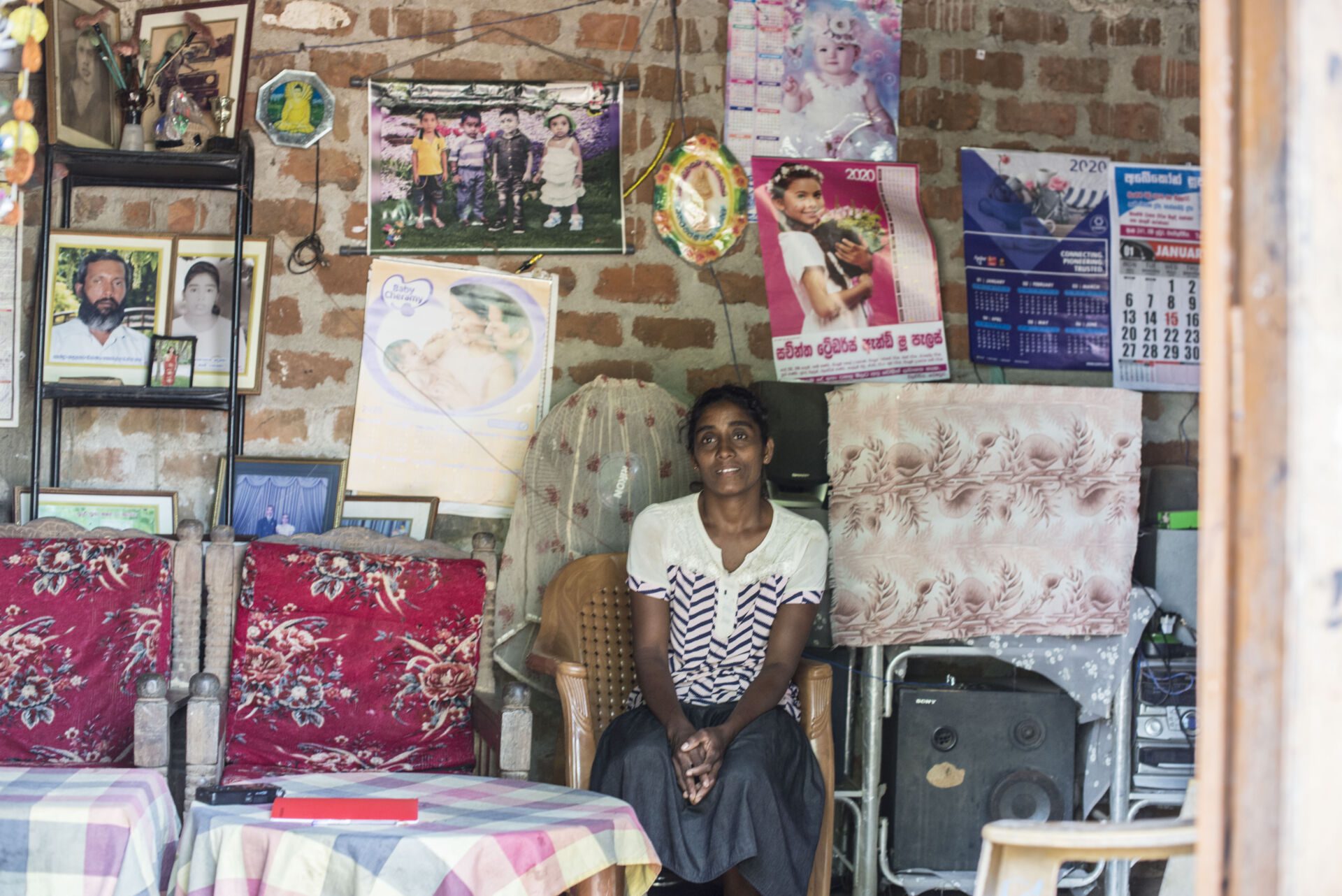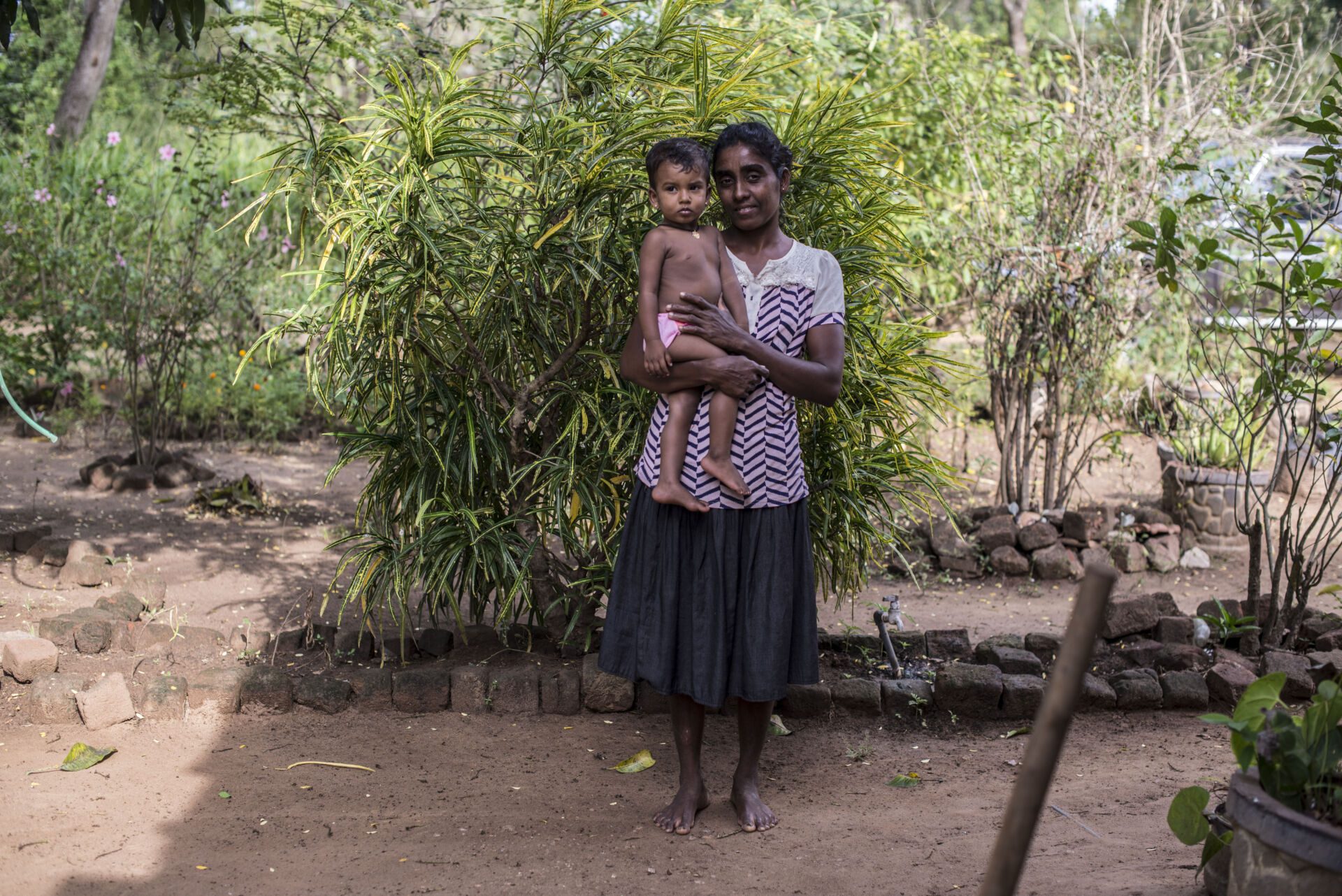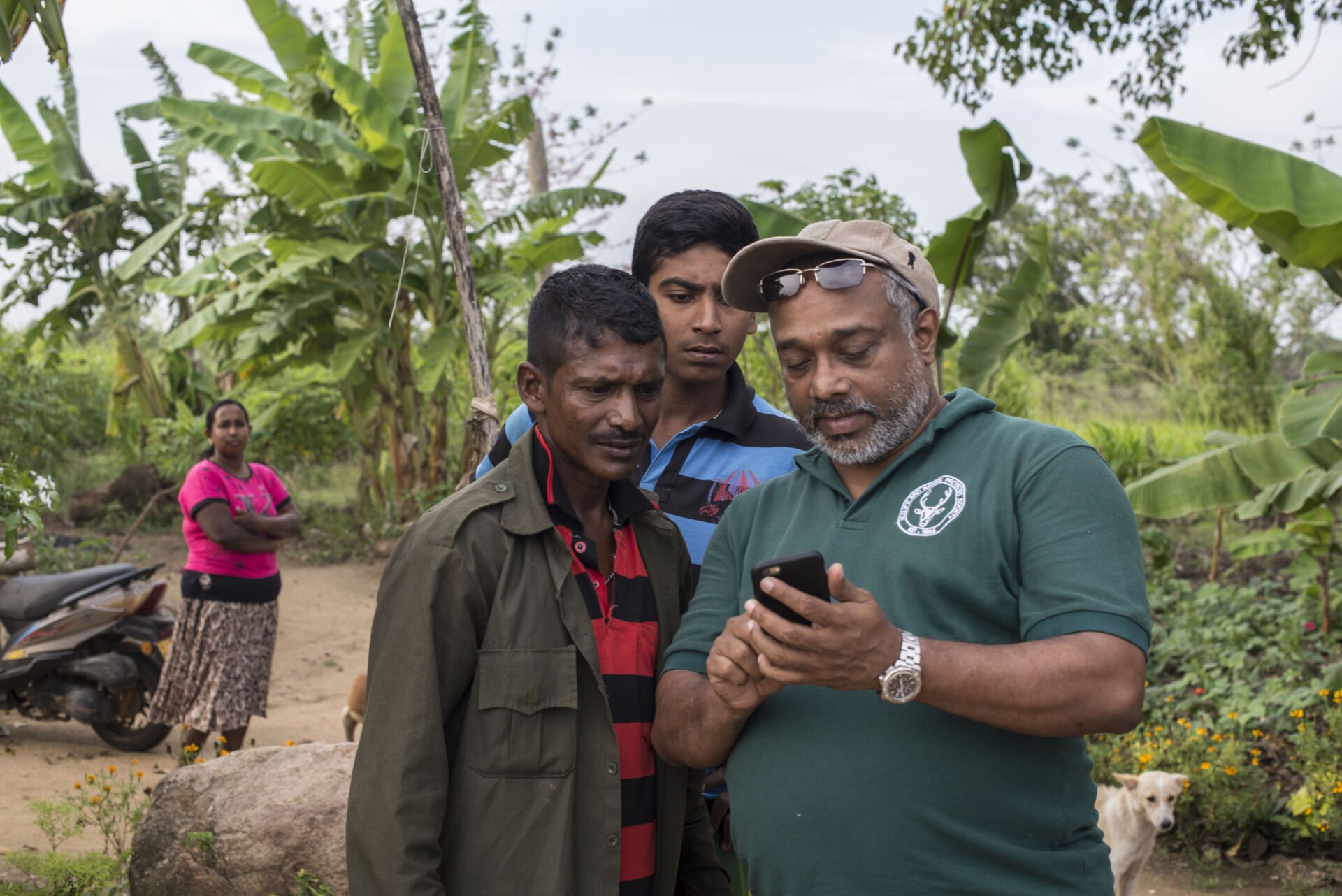Inside
elephant
territory




Wilachchiya - SRI LANKA. An elephant broke the window of Mrs Neelamma's home, 69, while the whole family was sleeping. It happened at night about two years ago, in Wilachchiya, a town just 10 kilometres from Wilpattu Park, in north-western Sri Lanka.
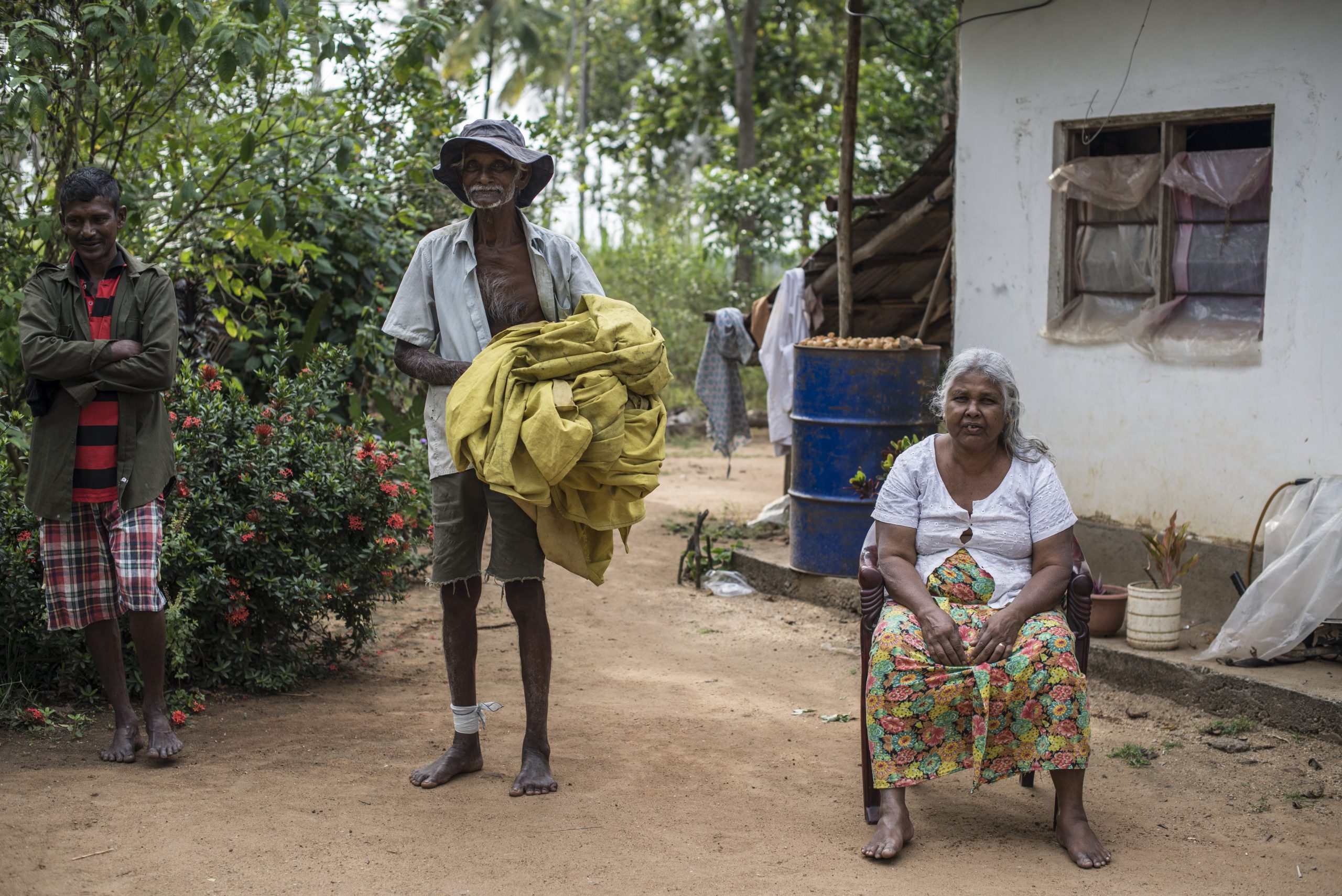
The lady recounts the story while sitting on a plastic chair at the entrance of her house, next to a blue drum with the sun-drying lemons.
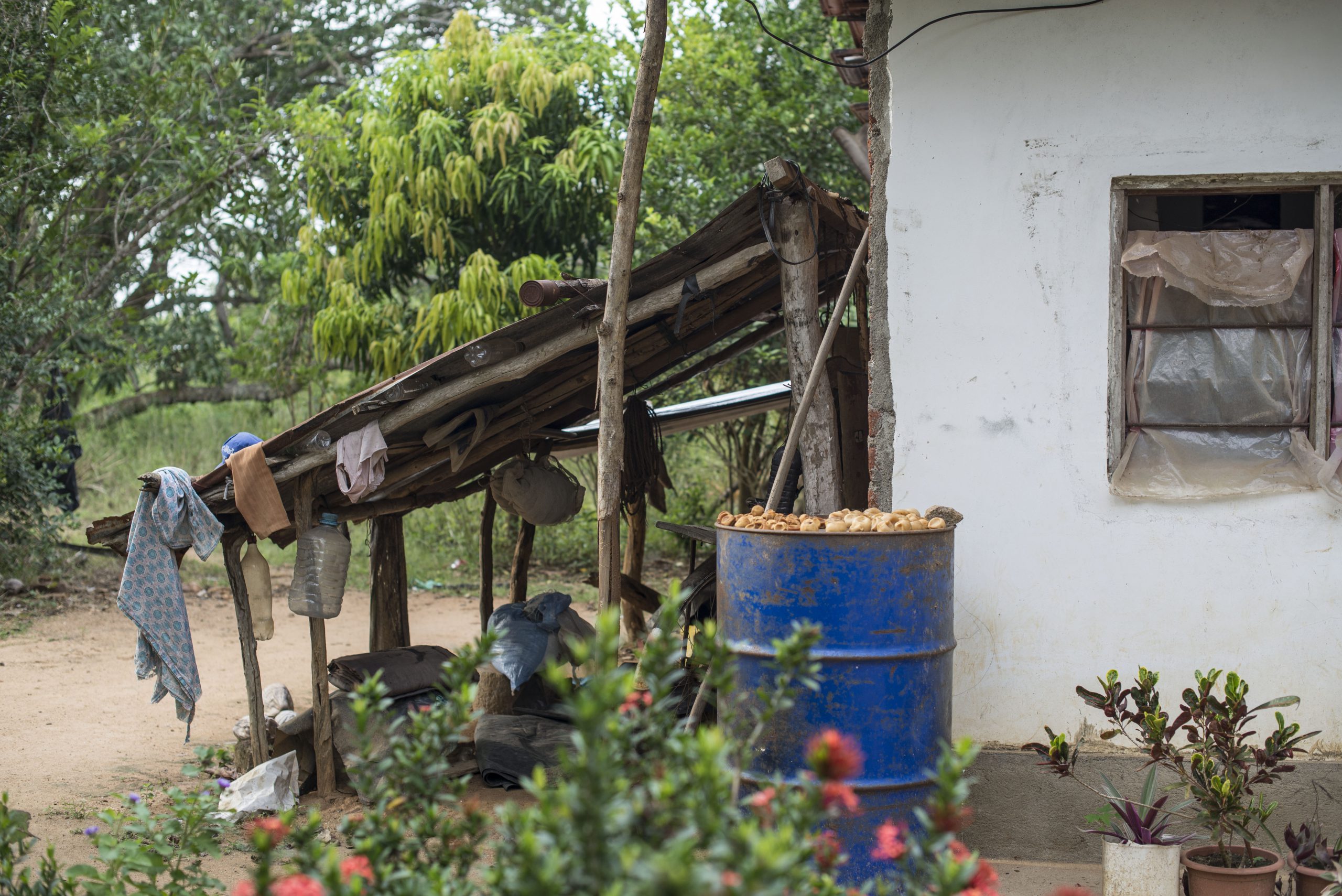
Her husband replicates the roar that the animal made when it collided with their house. “The elephant broke the window and ran towards the paddy (the rice field),” he continues. The window, on an unpainted brick wall, is covered with pieces of cardboard and insulating tape.
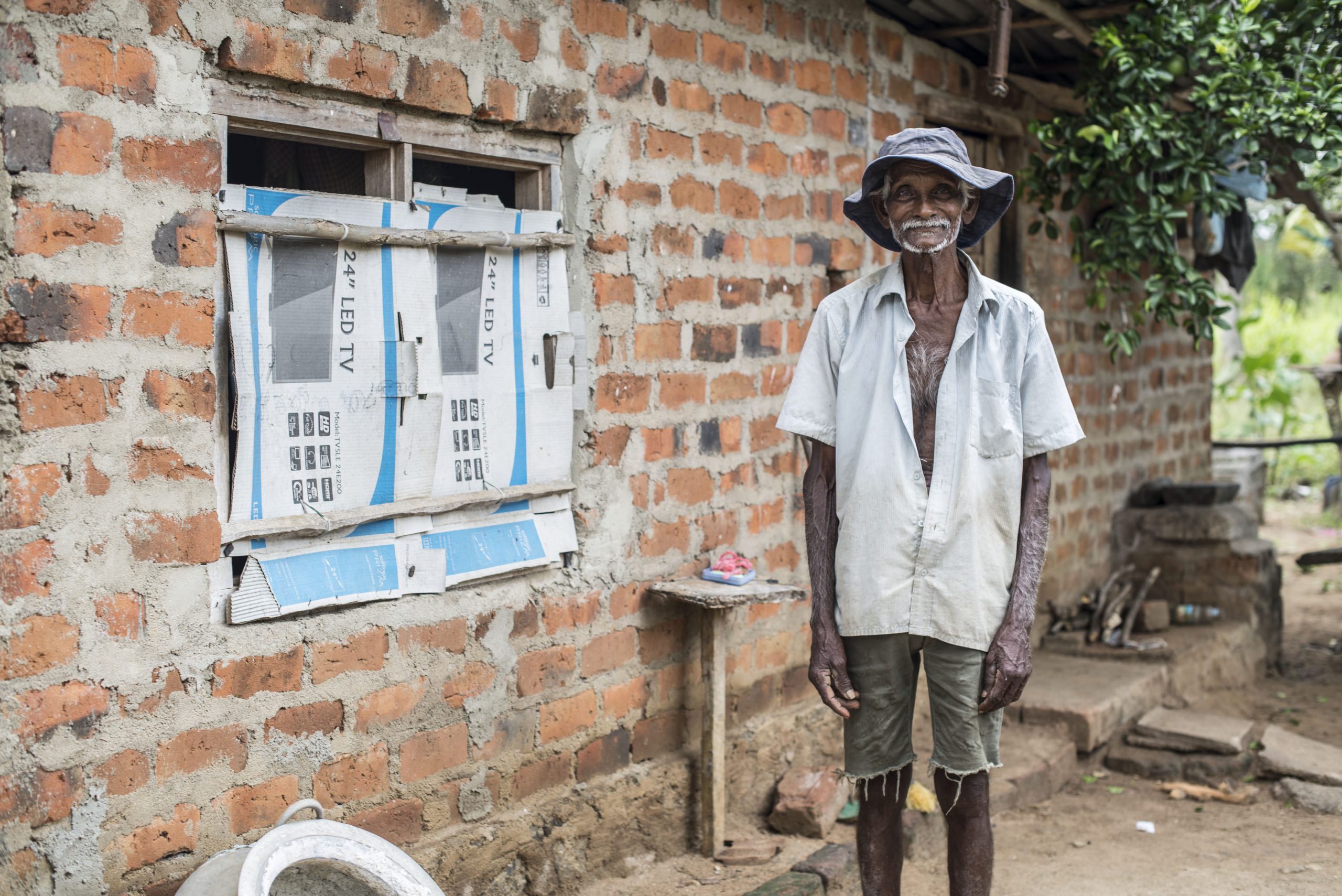
The family explains that similar incidents have been reported once in a while during the 46 years that this family has been living in Wilachchiya. They believe that since the Sri Lankan civil war (1983-2009) ended, problems with elephants are more frequent . It might be “because now the jungle is a safer place and they can pass through it. Before, there was a lot of human activity in the forest,” Neelamma contends.

“Recently, another elephant prowled around the house, entered the rice fields and fell into a well,” the lady continues. Unfortunately, the jumbo died.





THE PROBLEM - 407 elephants and 121 were killed in a year
The elephant that fell into the well is just one out of at least 2,456 elephants that died in Sri Lanka in a decade (2008-2018). It means that one elephant a day dies in Sri Lanka from causes related to human activity. 2019 was the deadliest year, with 407 elephants killed, according to the Department of Wildlife Conservation in Sri Lanka . In 2020, despite the pandemic lockdown, 318 elephants and 112 people were killed on the island. Sri Lanka is considered the country with the world’s deadliest human-elephant conflict.
Fatalities hit both sides. 121 people died in Sri Lanka in elephant attacks in 2019. The conflict also causes serious economic losses to the vulnerable agrarian communities that depend on their crops.
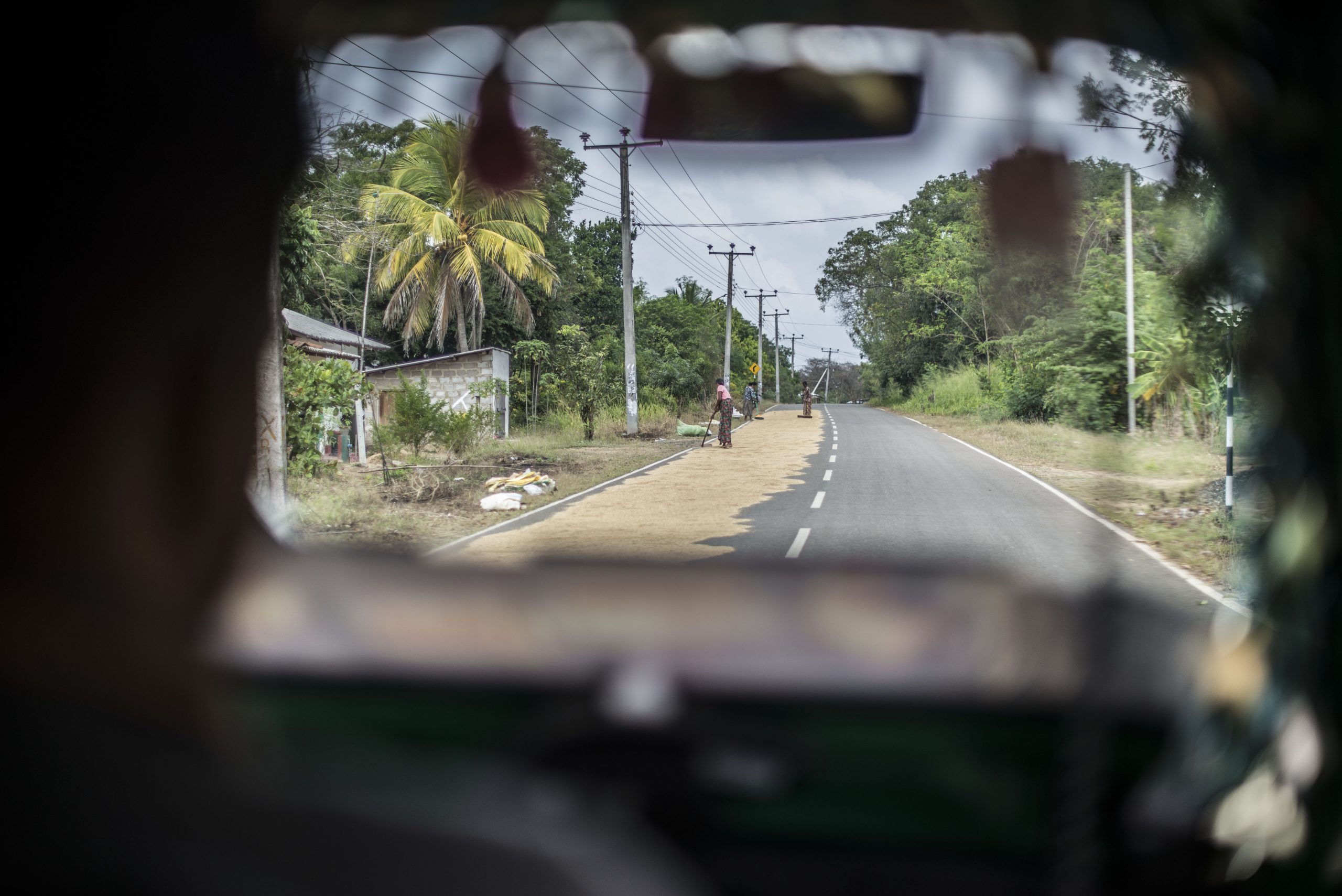
“They are very painful deaths,” says Jehan CanagaRetna, General Secretary of the Wildlife and Nature Protection Society (WNPS), who explains that usually elephants are killed “by gunshots or by the so-called hakkas paws, which are homemade bombs hidden in food.” “They choose large fruits or vegetables to hide the explosive, such as pineapples or pumpkins,” he continues.
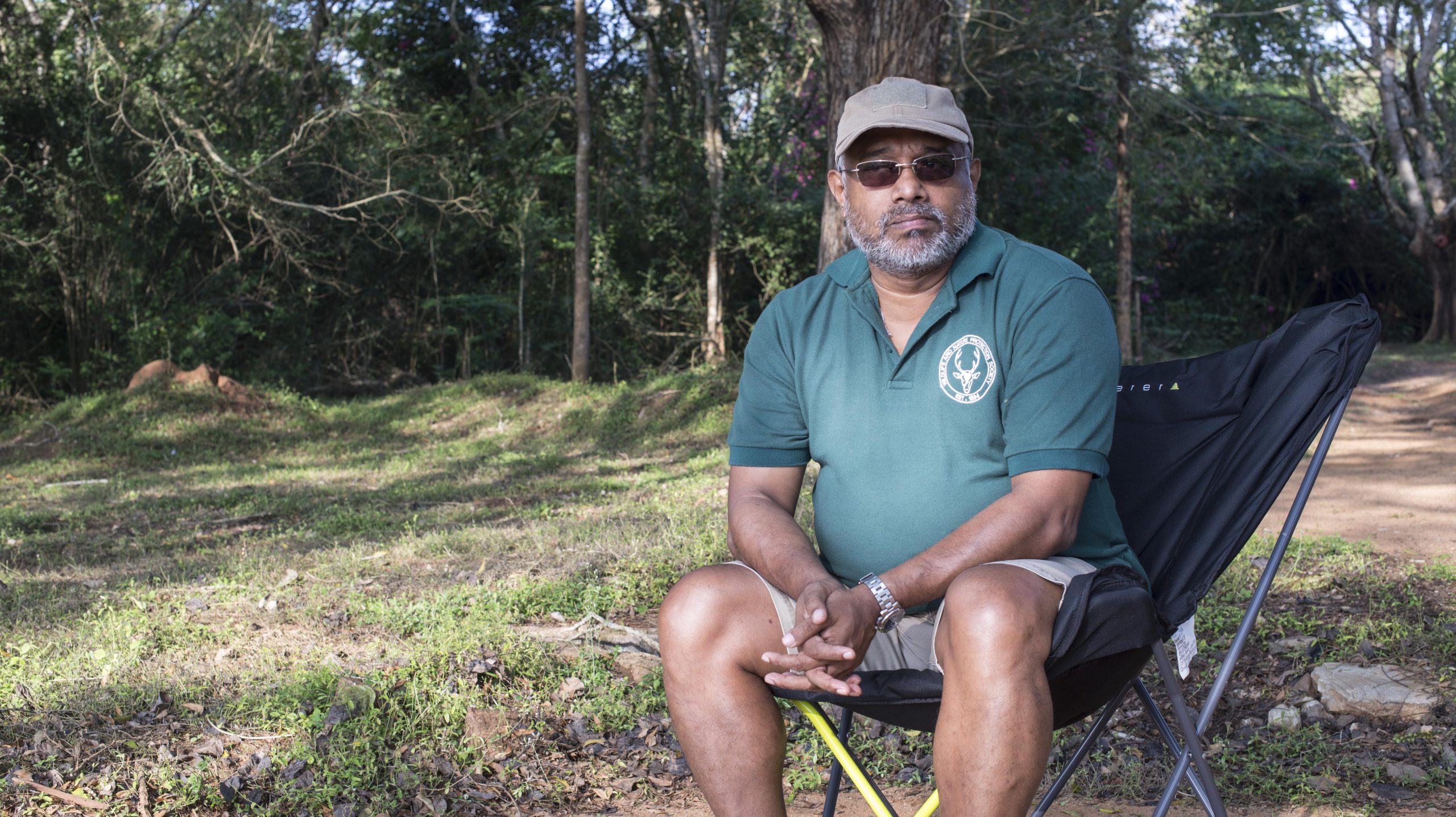
CanagaRetna specifies that such bombs explode in the animal’s mouth, but it does not kill it immediately: “It takes a while because the elephant cannot eat or drink and it dies of hunger and thirst.”
Regarding human deaths, “most incidents with people occur at night,” CanagaRetna continues, “in many cases concerning drunk men.”
But not always. One of the most notorious incidents was the death of Kirushi, a 12-year-old girl who an elephant attacked in November 2019, when she returned home at night in Alewewa, Polonnaruwa.In just 48 hours, another woman, 55, died in a similar encounter with an elephant in Bogasboballa.
The conflict figures in Sri Lanka are particularly striking compared to India's neighbouring country, where there is also a serious conflict between humans and elephants. The number of elephants killed in Sri Lanka is almost four times higher than in India, a huge country of 1.3 billion people (61 times more populated than Sri Lanka), home of about 22,000 elephants (while in Sri Lanka, there are some 6,000 elephants.)
The death toll for both countries is inversely proportional. While Sri Lanka records nearly 400 elephants and 100 people deaths every year, India registers 400 people, and 100 elephants are killed annually.




THE INGREDIENTS OF THE CONFLICT
To understand the problem, it is essential to review its components:
A DENSELY POPULATED ISLAND. Sri Lanka is an island of 65,610 square kilometres, half the size of Greece, inhabited by 21.7 million people and about 6,000 elephants.
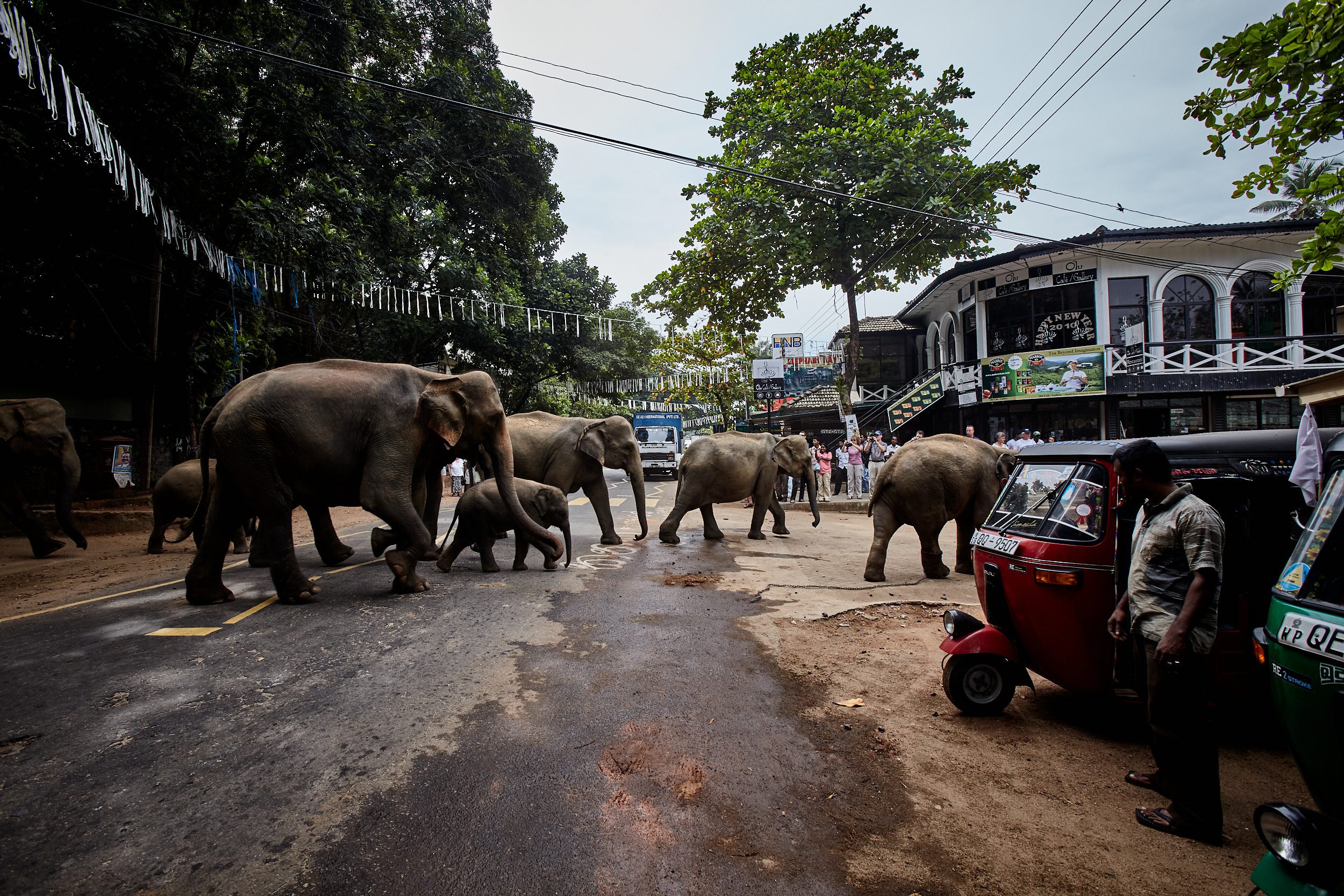
A SHARED TERRITORY. Sri Lanka is home to 10% of the Asian elephant population in only 2% of the range available for elephants in the Asian region. It makes this island the country in Asia with the highest density of wild elephants. With over 21 million people and near 6,000 elephants, it also means that elephants and humans must share the same territory. The coexistence is not always easy.
In 2019, researcher Prithiviraj Fernando and his colleagues released the first map of elephant distribution in Sri Lanka at Oryx, an academic journal of conservation published by Cambridge University Press. For this purpose, they divided a map of the country into 2,750 cells. Every cell represented 25 square kilometres, which is the smallest estimated range of Srilankan elephants. They used interviews with residents and GPS location of elephants to track their activity. The survey found that elephants occur over 59.9% of the island, and people live in 69% of the elephant range, with people and elephants sharing space across 44% of Sri Lanka (about 2.8 million hectares with over 10 million people).
A SHRINKING RANGE. In the 1950s, after Sri Lanka's independence, there were 8 million people on the island. In the 1980s, the population had already doubled to 15 million. Today, it has almost tripled, at 21,7 million. As the island's population has grown, the elephant's range has shrunk. The Department of Wildlife Conservation in Sri Lanka produced a Census of Elephants in 2011, which determined that there were 5,879 elephants living on the island, of which 122 were tuskers (male elephants with tusks). The Census was conducted using a method known as “water hole count”. During three days, some 4,000 participants, including wildlife workers, farmers and villagers, were deployed in over 1,500 spots near water and grass to find the elephants that came to drink, and they counted them.
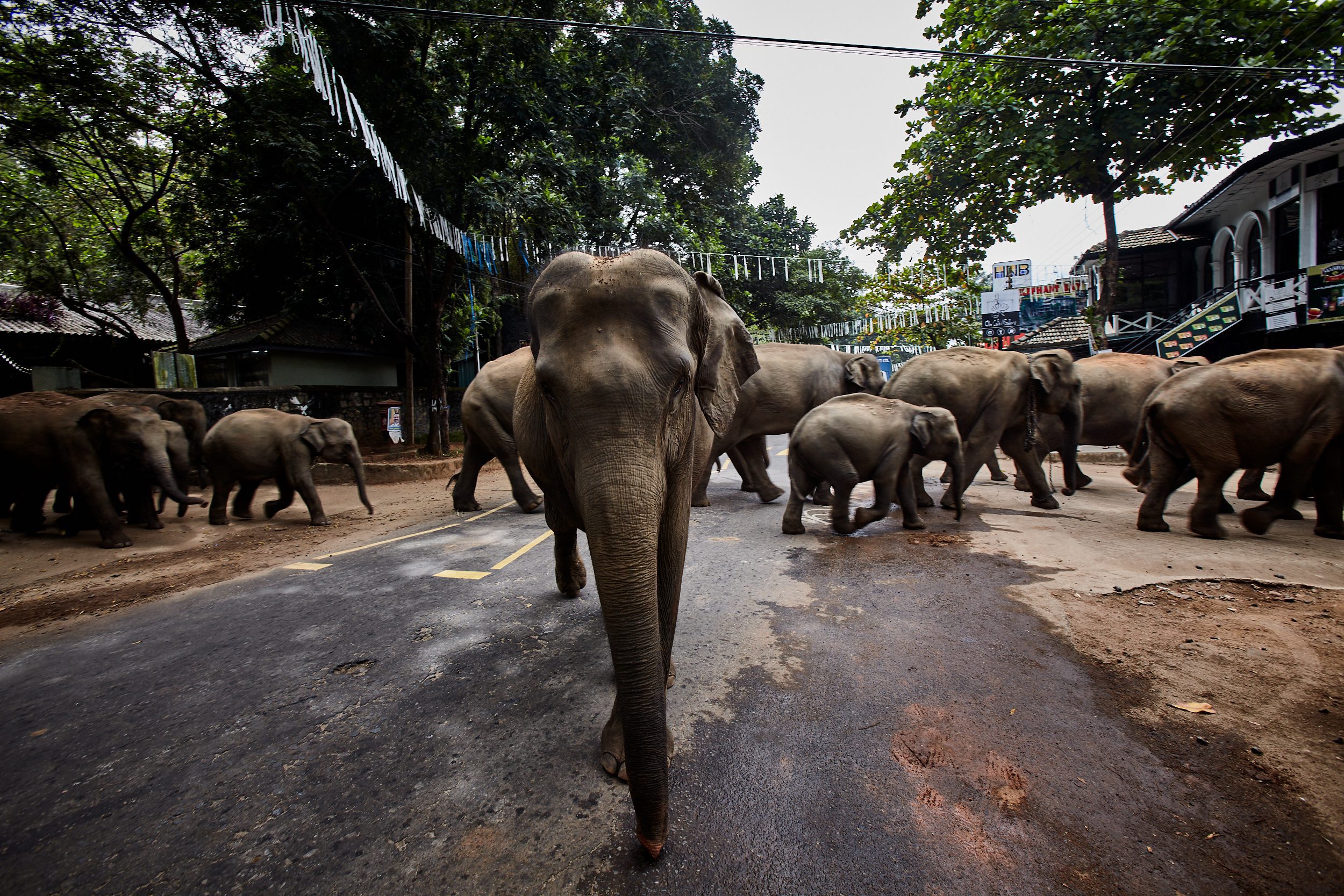
BIG & LONG-LIVED GLUTTONS. Although the Asian elephant (Elephas maximus) is smaller (up to 5 tonnes) than the African elephant (up to 6 tonnes), elephants are the biggest terrestrial animals. Elephants are mega-herbivores, meaning they eat plant material, such as grass, roots or fruits, and they eat a lot of it. They may spend 16-18 hours eating. An elephant alone eats the amount of food for 70 people. While humans eat between 1.5 – 2 kg of food per day, an adult elephant can consume on average about 100 kilograms in a single day. It also means they have to find such a large amount of food anywhere they are. In addition, Asian elephants live almost as long as human beings, up to 70 years, and they are very adaptable animals, meaning that when there is a conflict in an area, it is a long-lasting conflict.
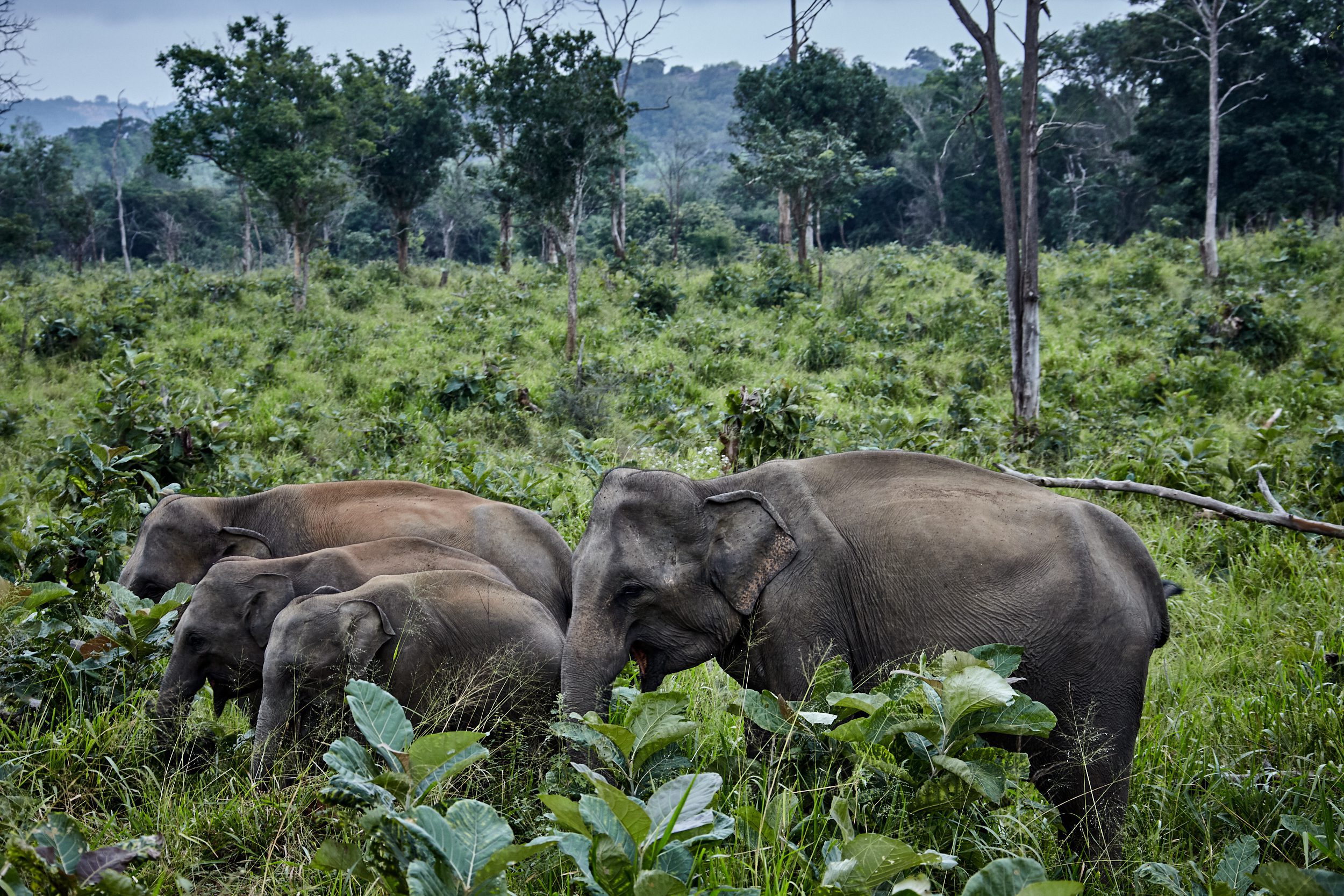
MATRILINEAL SOCIETIES OF ELEPHANTS. Asian elephants live in a matrilineal social structure, with a group of related females such as the grandmother, the daughters and the siblings living together and solitary adult males living alone. Crop raiding is generally caused by single wild male elephants (what in the Sinhala language is known as “Thani Aliya”). It is driven by different factors such as fragmentation of range, food scarcity or annoyance by human activities, so using the same solution for all elephants rarely works.
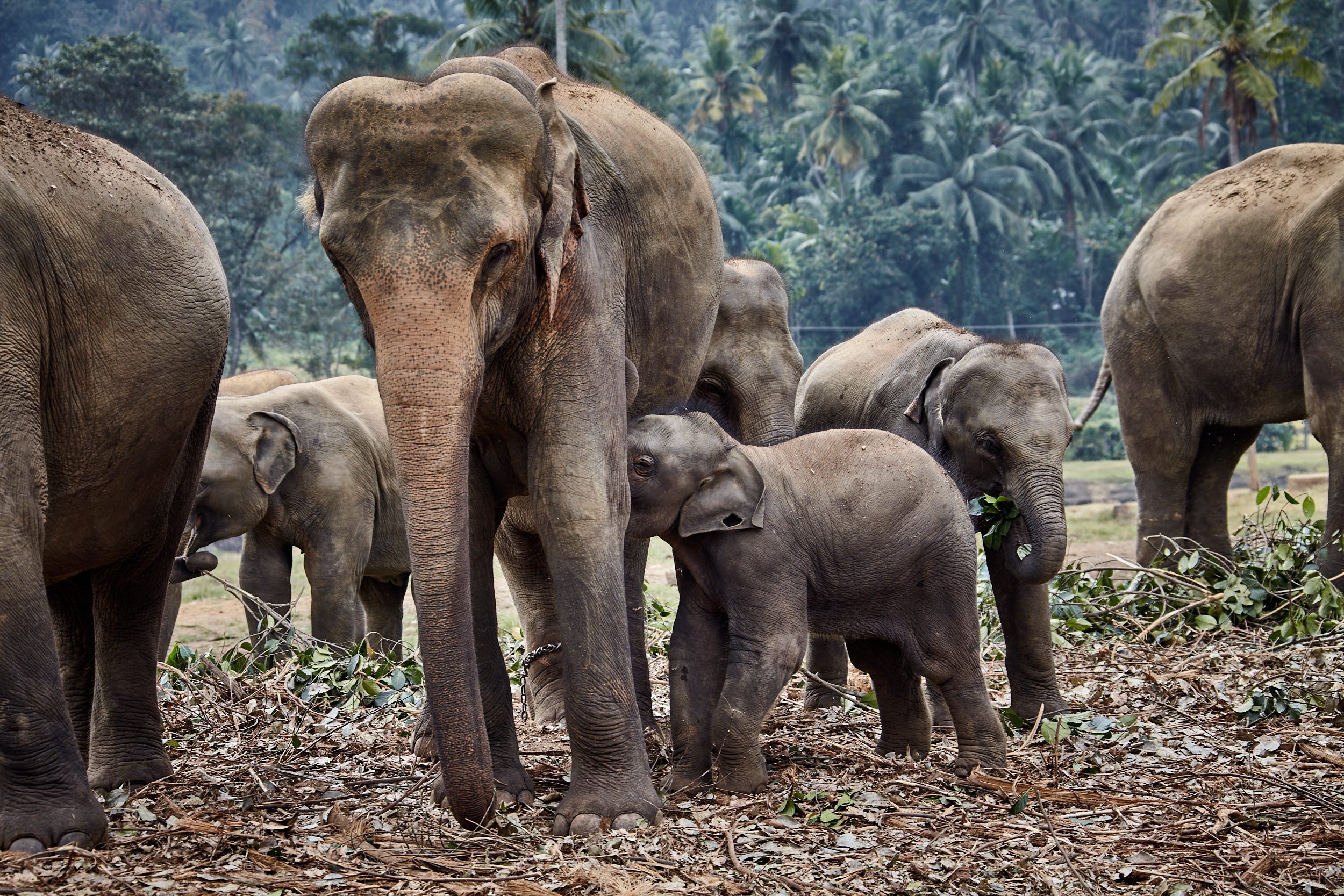
AN AGRARIAN ECONOMY. In Sri Lanka, known as the “Granary in the East”, the third of the population (33.7%) is employed in agriculture and near half of the country's land (41.8%) is devoted to farming, according to the Food and Agriculture Organization of the United Nations (FAO). The coexistence of elephants and people in Sri Lanka goes back a long way. Some farming communities managed to settle in the dry zone of the island thanks to an ingenious water collection technique, such as the“tank cascade systems''. It is a network of small tanks connected by canals and large reservoirs to recycle and reuse water that allowed people to live and cultivate in arid areas since the 3rd century BC, fostering life, attracting elephants and shifting their habitat.
COMPETING FOR LAND. However, the traditional villages, known as "tank villages'', learned to share territory with elephants over the years. Nowadays, the expansion of smallholder agriculture and unplanned development projects, with more people moving to the elephants’ range, have forced humans and elephants to compete for the land. A recent study estimates that elephants in Sri Lanka have lost around 16% of their range in the past 50 years.




HISTORICAL MANAGEMENT
Elephants have an essential place in the history and culture of Sri Lanka. Domesticated elephants have been traditionally used in religious celebrations, agricultural work, war and trade. In the early 19th century, the British crown, which ruled the island between 1815 and 1948, also introduced among the upper social classes elephant hunting as a sport. Moreover, during the colonial period national parks were built.
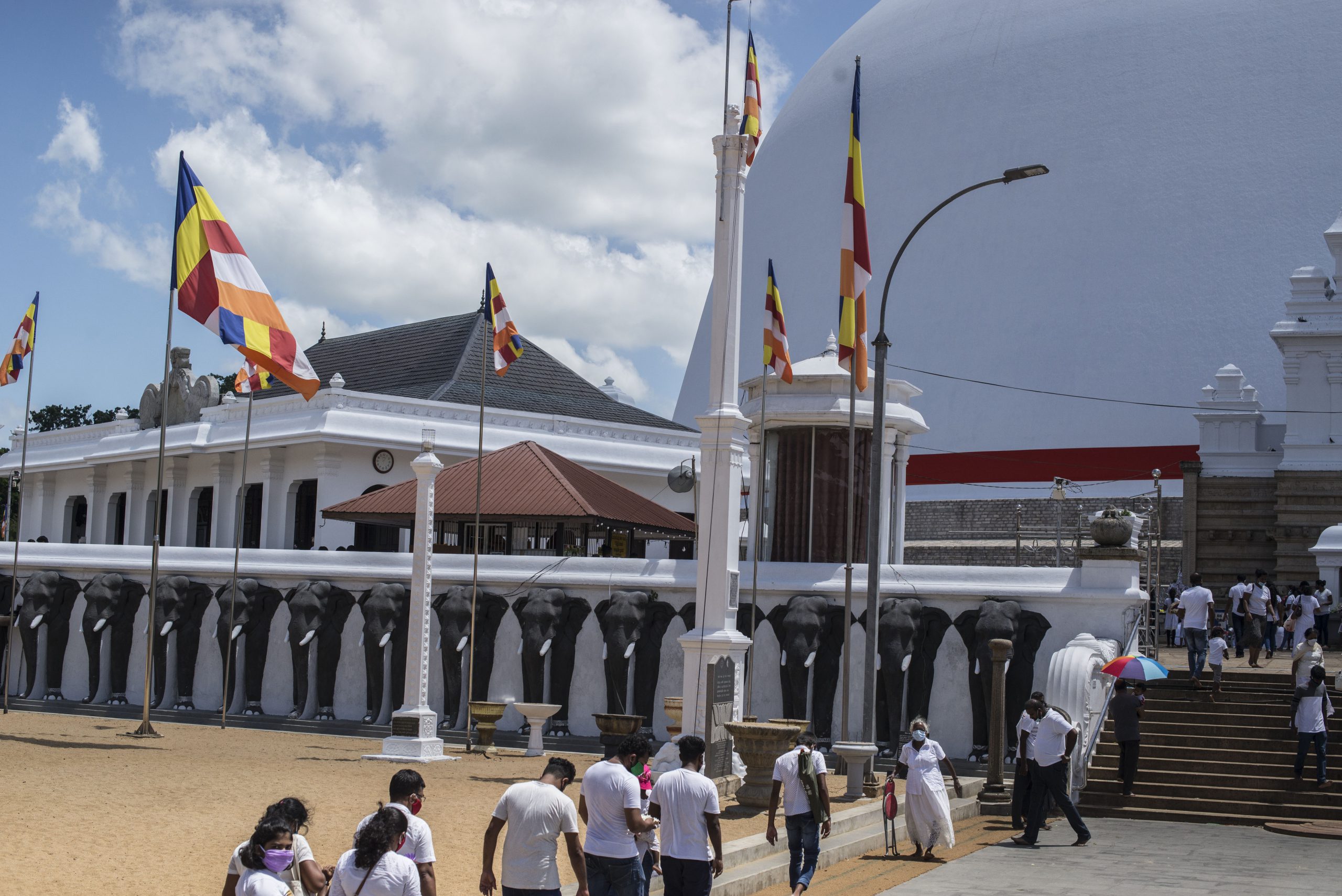
Since Sri Lanka independence in 1948, the government’s dilemma has been how to conjugate development and conservation “with people moving to elephants’ territory for living and cultivating and many times under an unplanned development,” CanagaRetna says.

Some of the strategies have not yielded the expected results, such as the capture and translocation of ‘problematic’ elephants from their habitat to fenced enclosures or handing out tools among the villagers such as flares and firecrackers to shoo the animals away. Some surveys have shown that elephants often return to the places from which they were transferred. Besides, elephants become accustomed to the different tools used to scare them away, and they do not flee anymore when they see a flare or hear a firecracker.
Mrs Neelama's neighbour shows a flare that the government provided. He explains that recently while he was sleeping, he heard there was an elephant nearby and lit one to scare the jumbo away. Every year, the Department of Wildlife Conservation in Sri Lanka delivers thousands of flares and elephant firecrackers for residents of conflict zones. 734,000 flares were delivered only in one year, based on 2017 data.
“If you throw a stone at an elephant, it doesn't hurt it, but it can scare it at first; the same thing happens with firecrackers, flares… when you come with something new that the elephant is not used to, it will run away, and initially it will work, but after a while, the elephant will realize that it is not a problem, that it is just a sound or a light and if it is hungry, it will come to eat. Elephants are very adaptable animals,” says the elephant behaviour expert Dr Prithiviraj Fernando, director of the Centre for Conservation and Research.

“Of the 13 Asian countries inhabited by elephants, Sri Lanka is pretty unique because 70% of elephants in Sri Lanka live with people,” Dr Fernando continues in his garden in Tissamaharama, in the south of Sri Lanka. He has dedicated more than 25 years to research elephants.

Moreover, “for over 70 years, elephant conservation as well as managing human-elephants conflict in this country has been focused on trying to put all the elephants inside protected areas and not managing them where they are,” he says. “And that obviously has completely failed.”
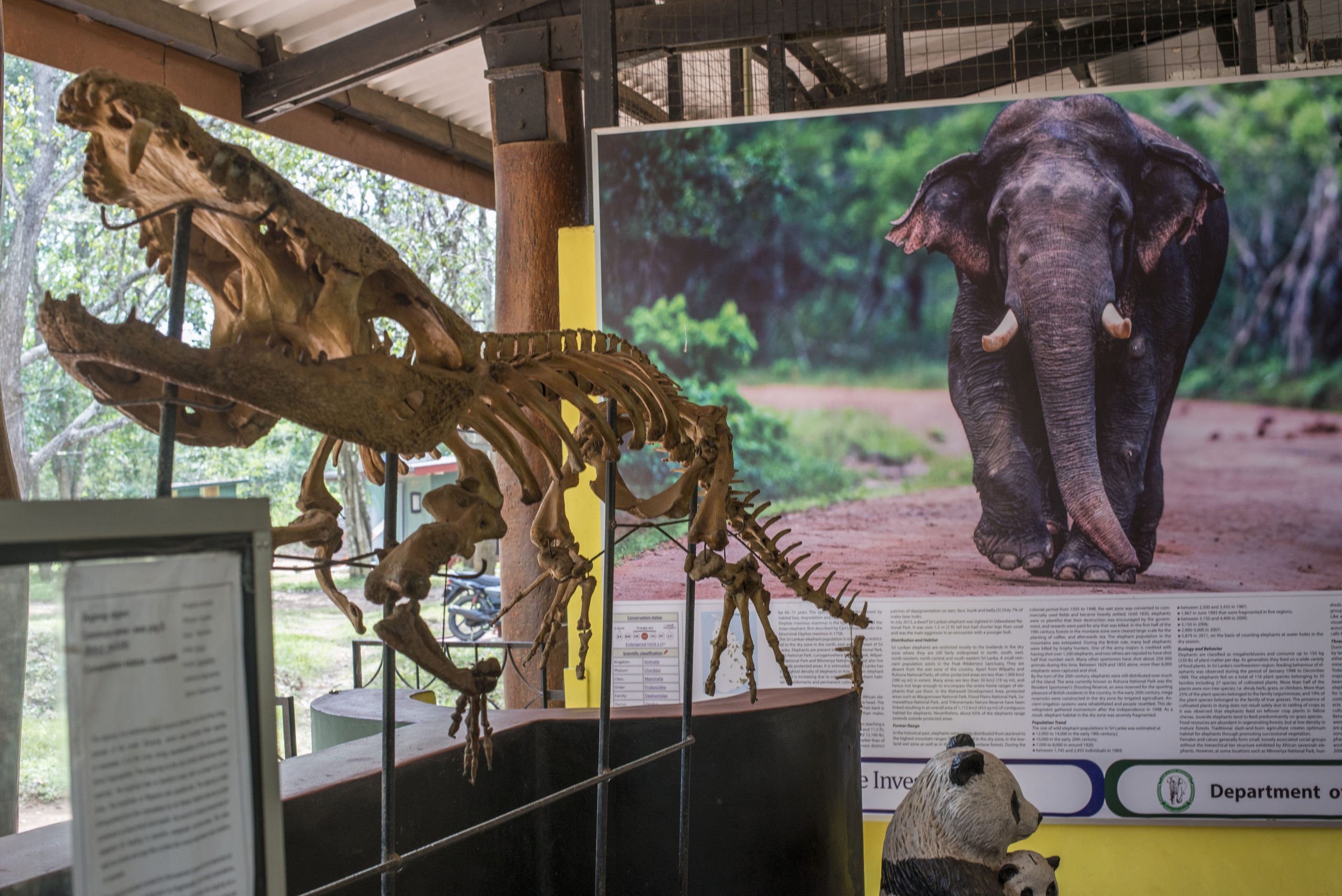
Time has shown that the translocation of elephants not only hasn’t solved the problem but has also increased the aggressiveness of the elephants through the years.

The translocation is a common tool used in conservation to re-establish populations of species. However, when it is used in managing conflicts, it is questioned by researchers, explains the paper ‘Problem-Elephant Translocation: Translocating the Problem and the Elephant?’. The authors of the paper argue that the driver of translocation is usually “public and political pressure.”
In 2012, Prithiviraj Fernando and colleagues used GPS collars to monitor 16 translocations of elephants identified as “problematic” by the Department of Wildlife Conservation in Sri Lanka due to the previous incidents with the villagers. The elephants were captured outside protected areas and released inside the national parks. The study found that during just ten days, 11 of 16 translocated elephants tried to return to their areas. Finally, two of them were killed inside the park, and 14 left the parks. In addition, moving an animal that weighs like five cars also involves a risk, increasing elephant mortality and making them more violent.
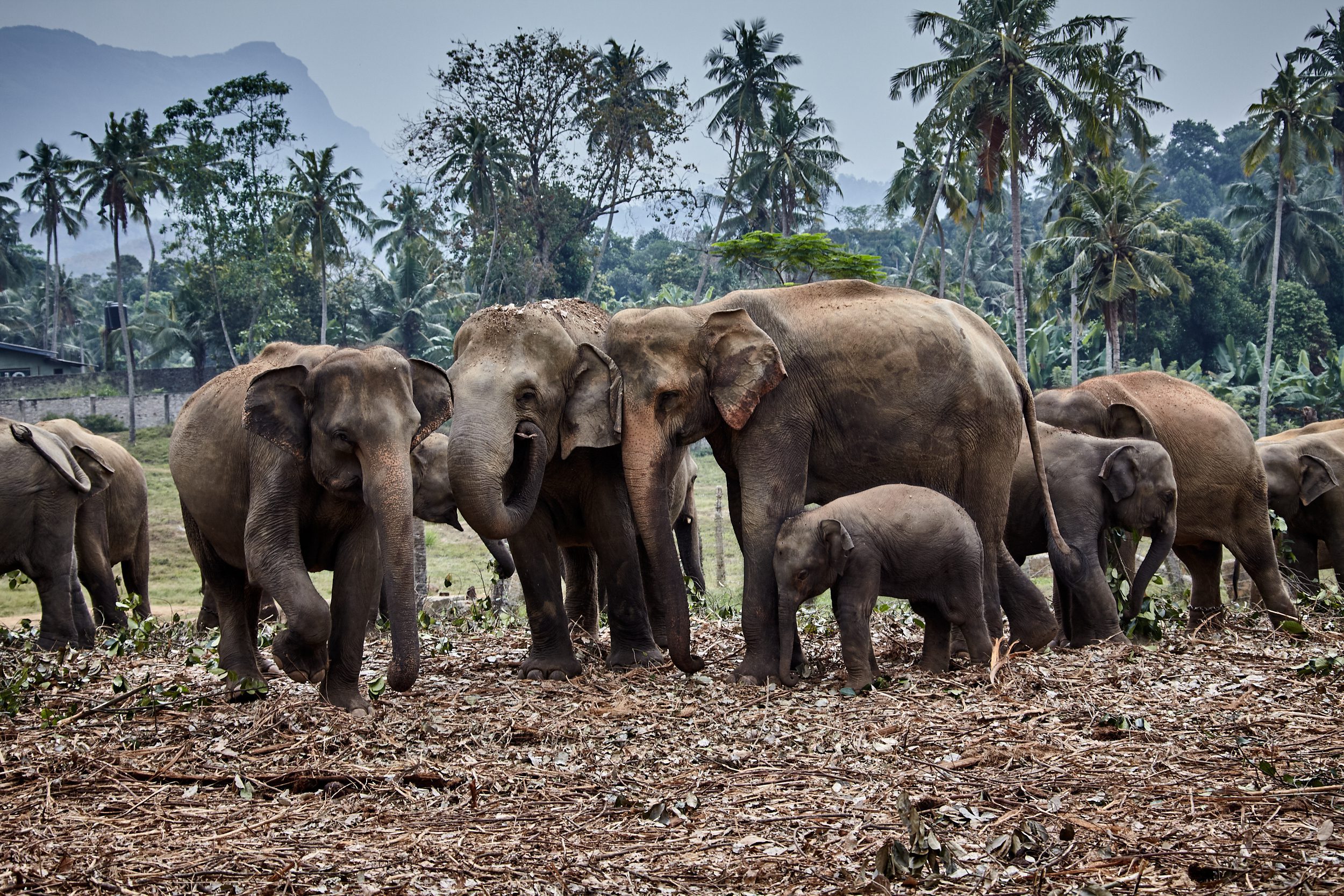




LOOKING FOR RESPONSES TO THE CONFLICT
Then, if people and elephants must live together, how can they do it? Some researchers, associations and farmers have struggled for years to find an answer that mitigates the conflict using a “human-elephant coexistence model”.
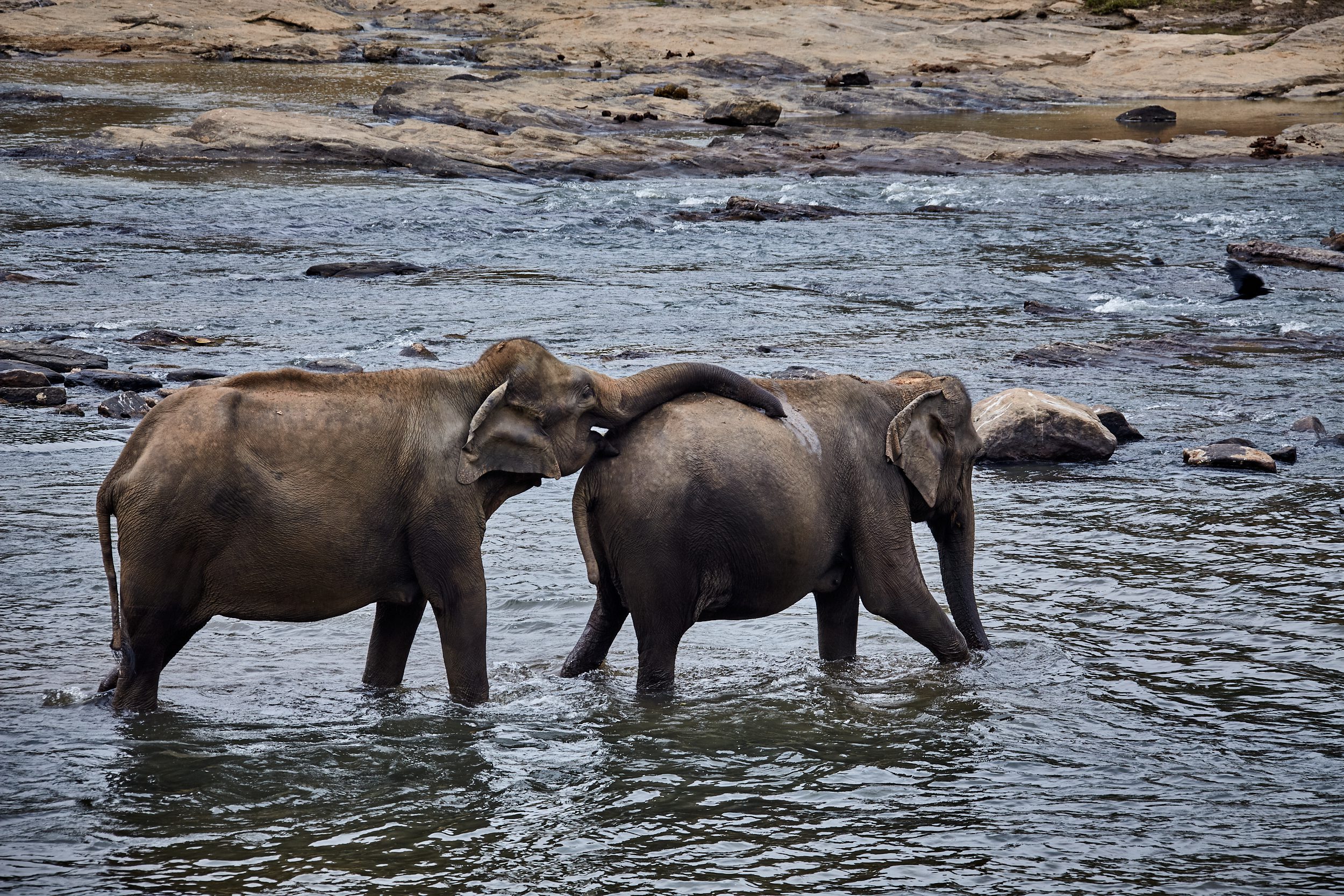
ELECTRIC FENCES
the most effective tool so far
“If after 70 years of trying to put elephants in parks, 70% of elephants are outside parks, something is not working,” Dr Prithiviraj Fernando says. He has spent the last two decades working on the opposite solution: why not use the fences to protect humans and crops instead of fencing off elephants?
Dr Fernando and the Center for Conservation and Research strategy consists of two kinds of electric fences for two main situations in the conflict: “village-electric fences” to protect people and “seasonal paddy-field electric fences” to protect crops.

He explains that the advantage of electric fences is, on the one hand, that the electric shock “is something very unnatural, so “the elephants don’t get used to it so easily.” On the other hand, since they are set up around the villages or the paddy fields, “elephants don’t associate them with people living there, and they should not be aggressive towards them,” he adds. “So electric fences do not increase conflict, and they are a solution,” he adds.
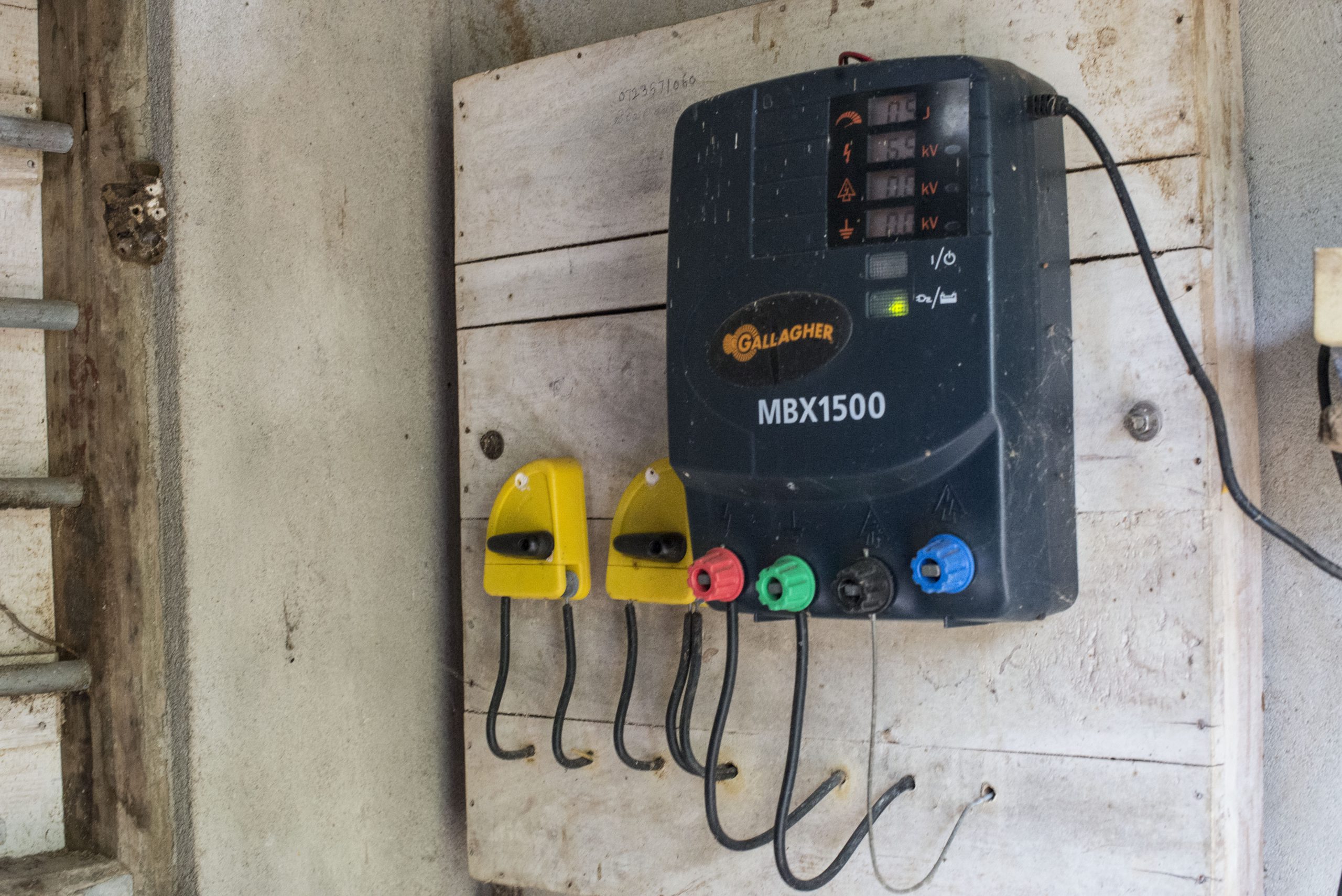
According to Dr Fernando, setting electric fences requires a continuous strategy that depends on three elements: location, specifications and maintenance.
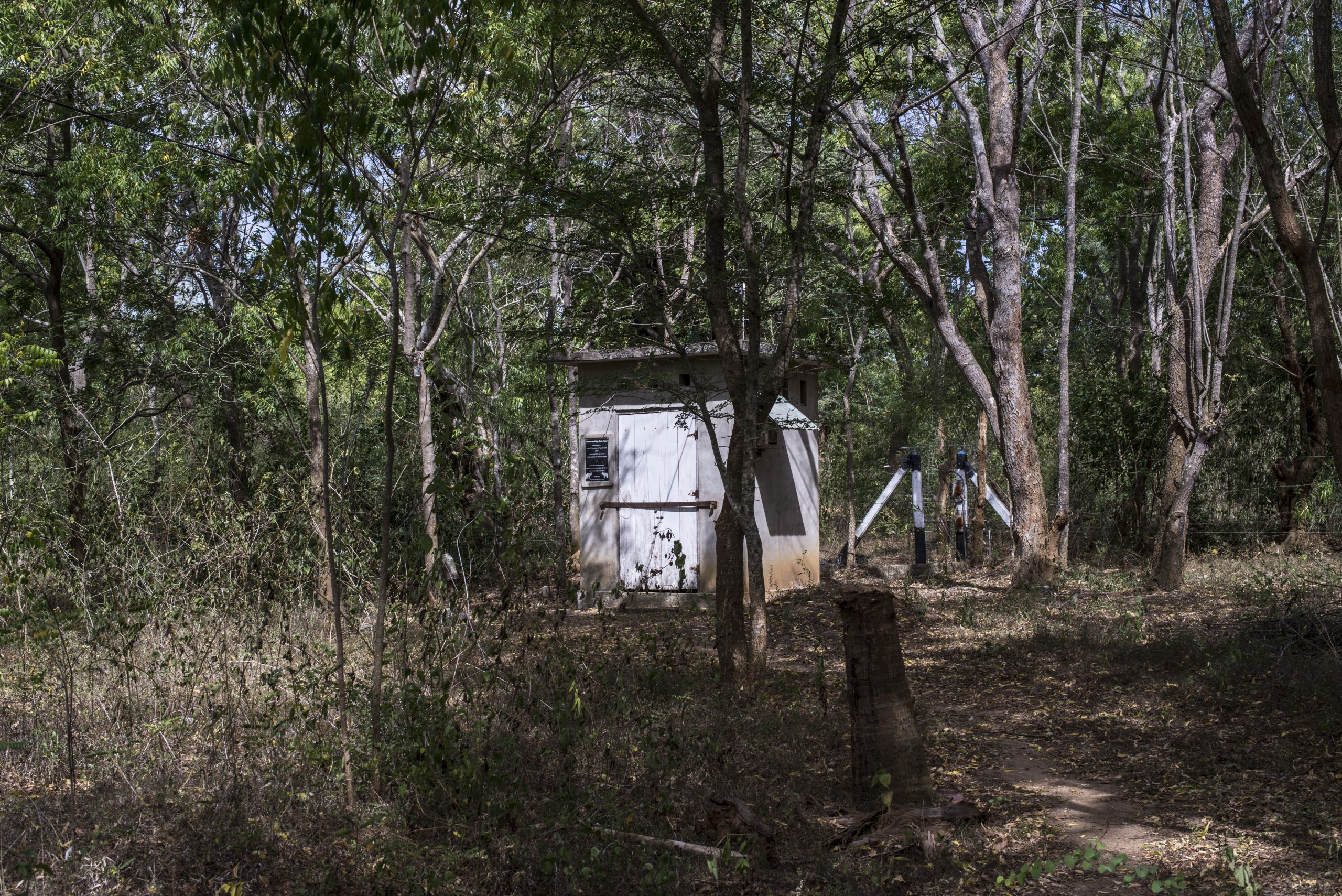
LOCATION.
Regarding location, he believes that there are “many fences in Sri Lanka, but in the wrong places,” and “that has historical reasons,” because “in the past, the approach of mitigating human-elephants conflict was to put all the elephants in the protected areas, and what people found was that if you move elephants place to place and put them in protected areas, they don’t stay, they come back again. So lately, they put electric fences on the borders of protected areas, but the thing is that outside the border, it is also an elephant habitat, so you have electric fences, and you have elephants on both sides,” he adds.
SPECIFICATIONS.
Half an hour by car from Dr Fernando's house, next to a little-travelled road near Yala National Park, there are some houses protected with “village-electric fences”. Sirisena, 66, a farmer wearing a colourful sarong, explains that the fences operate from 6 pm to 6 am, “because elephants usually come at night.” He adds smiling that there are fewer incidents since they were set up.
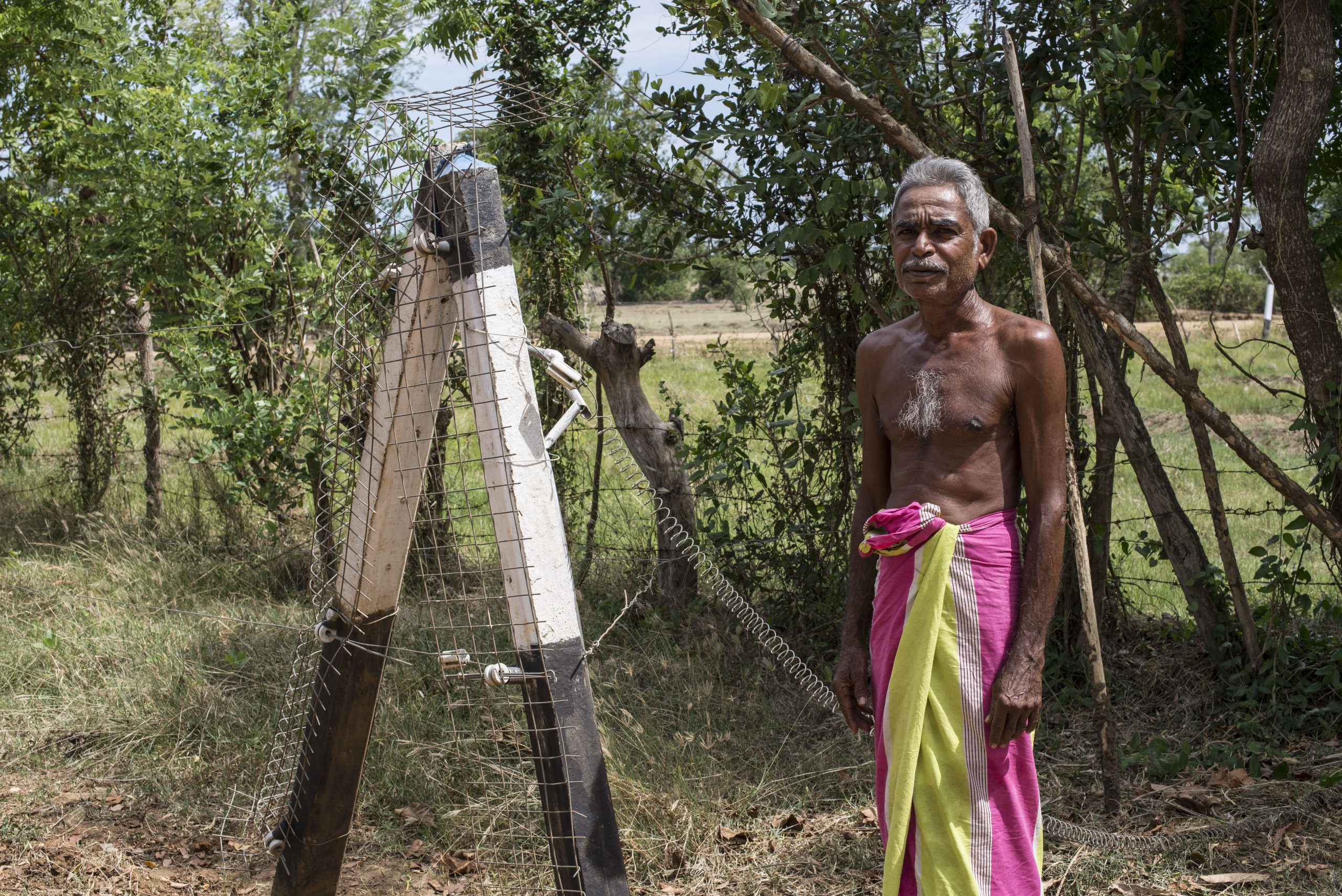
These fences are about 6000-8000 volt. They use small electric current “with a very low amperage in the wires, which is between 4 and 5 milliamperes,” explains Bandara, 37, who works for the Center for Conservation and Research maintaining the fences. “So if an elephant touches the fence, it receives a shock, but due to the low amperage, it is not harmed,” he adds.
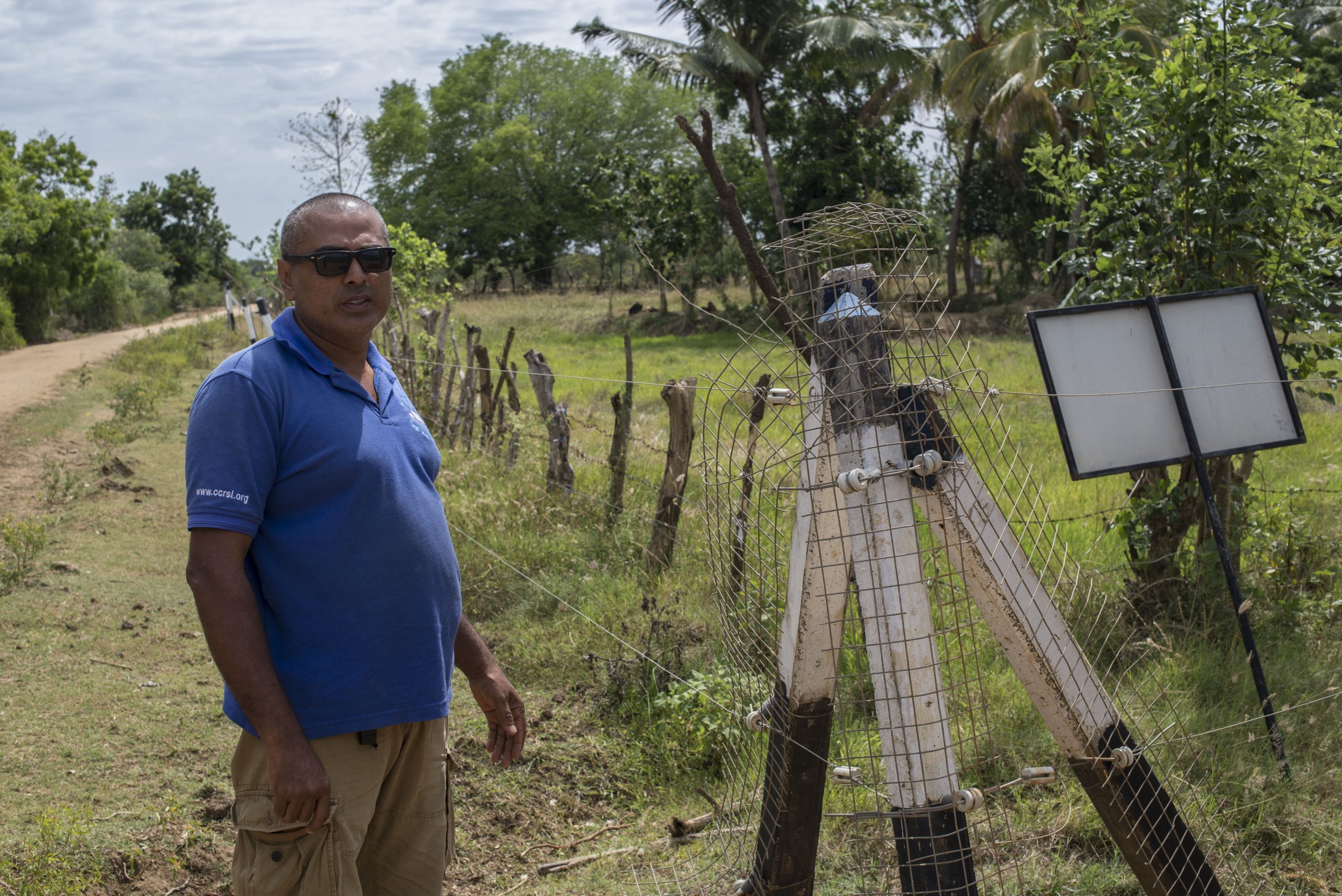
MAINTENANCE.
Maintenance is key. The Center for Conservation and Research has worked together with communities, district secretariats and the socalled “Grama Niladhari” (village officers) in some locations in the south and north-west of the island.
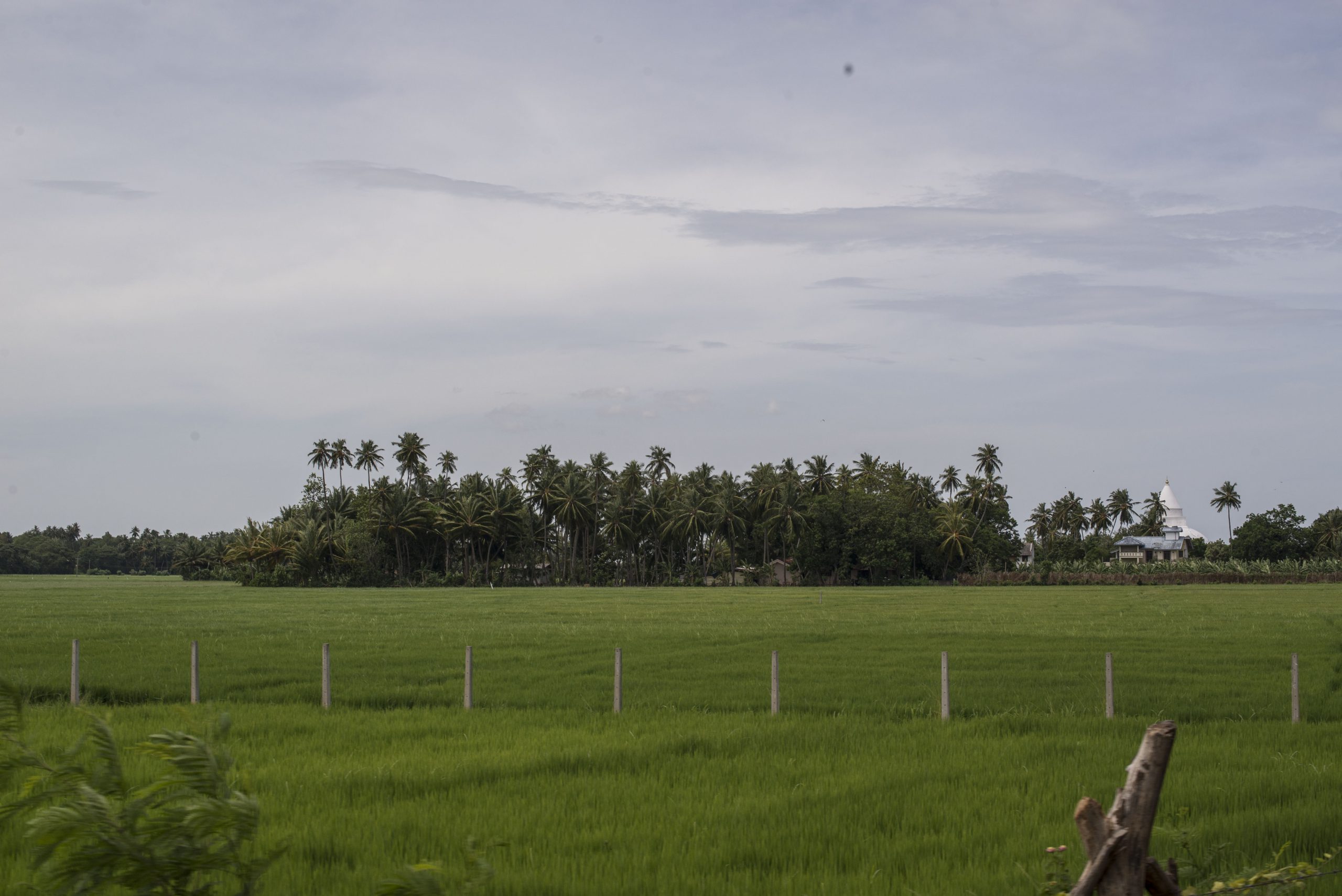
In Perakum, a rural area home to some 80 families (about 400 people), the maintenance of the fences is a task that concerns “the whole village”, assures Ruwan, 32, a village officer. He explains that each villager pays 50 rupees (0,25 euros) a month for maintenance and, once a month, a group of people check the fences.
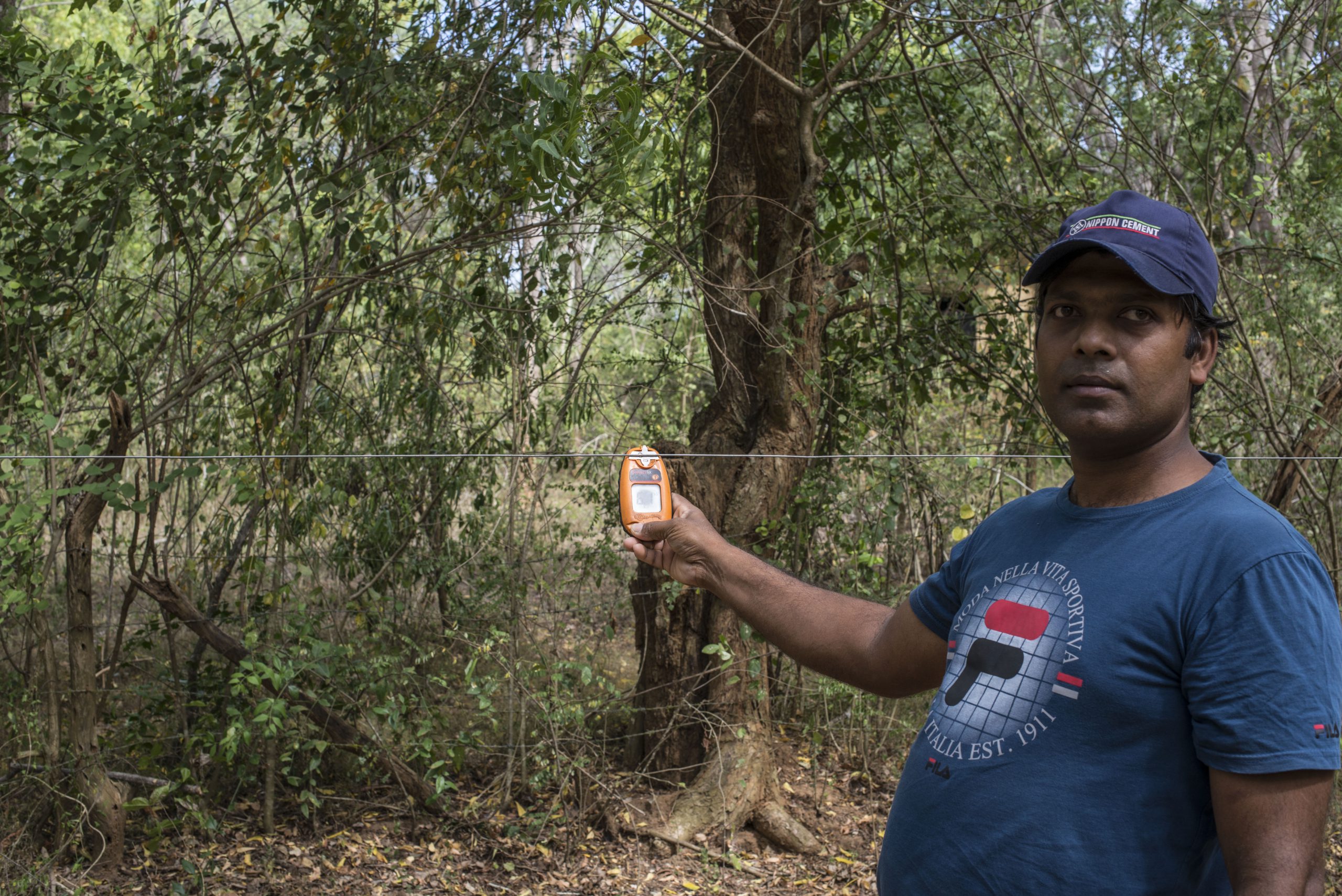
Together with the village electric fences, temporary paddy field fences are also used to mitigate one of the main consequences of human-elephant conflict - economic losses.
A few days ago, Premadasa, a rice farmer, was sleeping in a treehouse where he watched his harvest every night when he was awakened by the noise of bottles crashing. In this area, near Yala National Park, the villagers hang some empty cans or glass bottles on a wire around crops and houses to recognize when an elephant approaches. It was a matter of seconds. When the farmer opened his eyes and stood up in his treehouse, a tusker was already shaking off a good chunk of green grass from the paddy field. A hole in the grass shows the destruction caused by the four tons of weight of an Asian elephant during its banquet of paddy.
Huts built on trees have traditionally been used to monitor crops in Sri Lanka. Nowadays, traditional practices such as communal guarding on trees are combined with modern tools. Premadasa shows the temporary paddy field electric fences that he uses together with guarding on the tree. These fences work with a solar panel, and they are set up just during the cultivation season to prevent elephants from eating the crop. After the harvest, the fence is taken down, leaving the leftovers for the elephants. That way, elephants and people can coexist peacefully without harm to anyone.
“No measure is 100% efficient and not all of them work the same way everywhere”, Dr Fernando concludes, who believes that the peaceful cohabitation “is quite possible” but to find a solution “coexistence must be researched.” In addition, he explains that there are two essential factors: firstly, “to convince people that they need to be a big part of the solution” and secondly, maintenance: “Electric fences must be built by the villagers and maintained by them,” he adds.

TRYING NEW THINGS:
temporarily blinding elephants
Next to Mrs Neelamma's house, in Wilachchiya, in North-Western Sri Lanka, some plastic gadgets are placed in the trunks of some palm trees. They are showerheads. They were installed by the Wildlife and Nature Protection Society (WNPS) after an elephant broke the window of the house.
“What we are testing is a light repel system using a flickering LED light to temporarily blind and disorient elephants,” explains Jehan CanagaRetna, General Secretary of the WNPS, pointing to the tree. He says that villagers helped to make them, using plastic showerheads, LED bulbs and batteries.
“It works like if you're sleeping and suddenly someone puts a flashlight in your eyes, but bigger,” he adds.
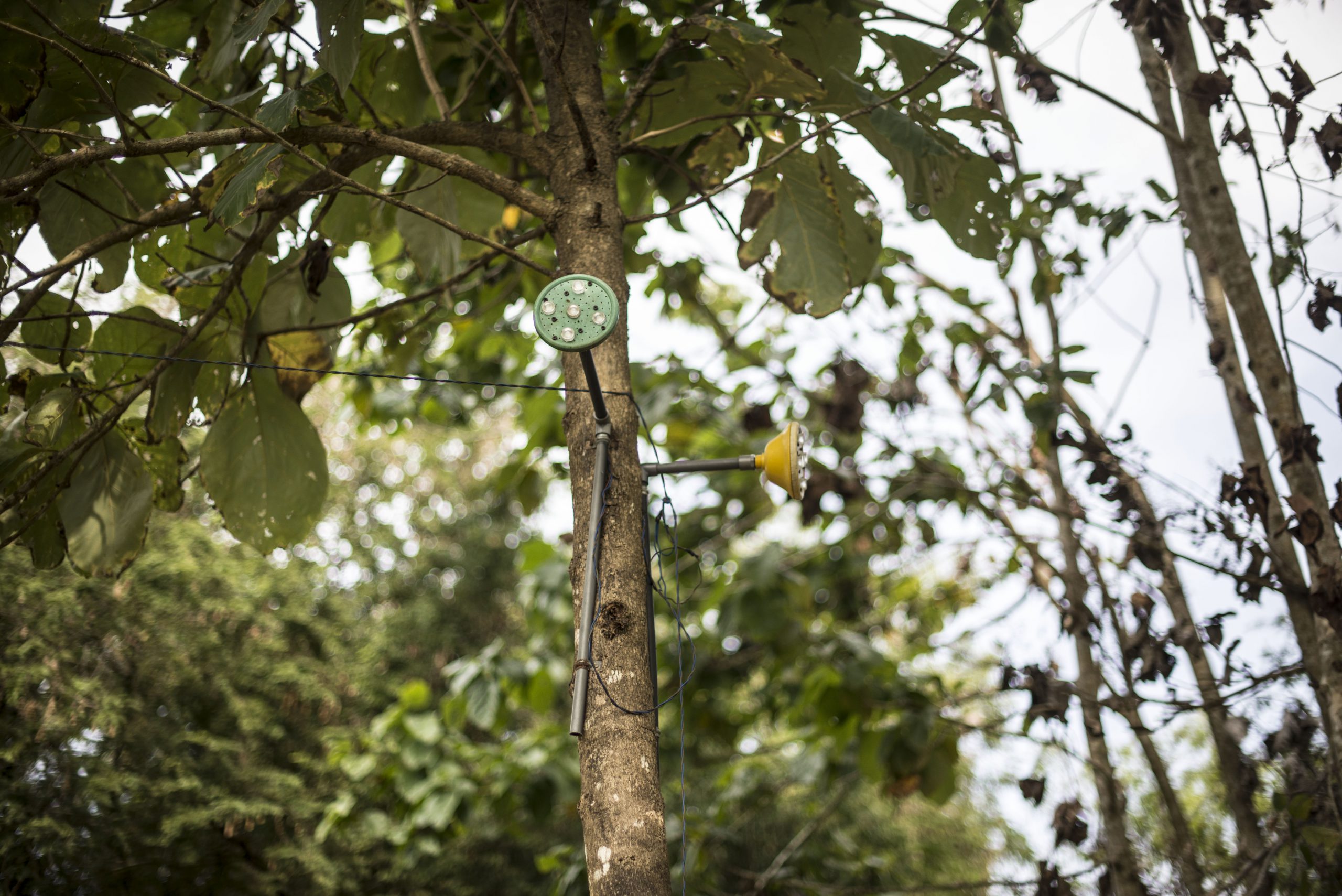
The light repel system is an invention of the Human-Elephant Coexistence Subcommittee of the Wildlife and Nature Protection Society (WNPS) of Sri Lanka and an army officer, Colonel Sudath Udayasena, who had that idea. It is based on taking advantage of animals' sense of sight -a natural defect to scare it away without hurting it.
Elephants, like other terrestrial mammals, have an arrhythmic vision, which means their vision changes with the time of day. Their eyes are most sensitive to dim light at night, allowing them to see better into dark places compared to humans. So when a flashing LED light illuminates the elephant's eyes, the elephant is temporarily blind and disoriented, and it flees.
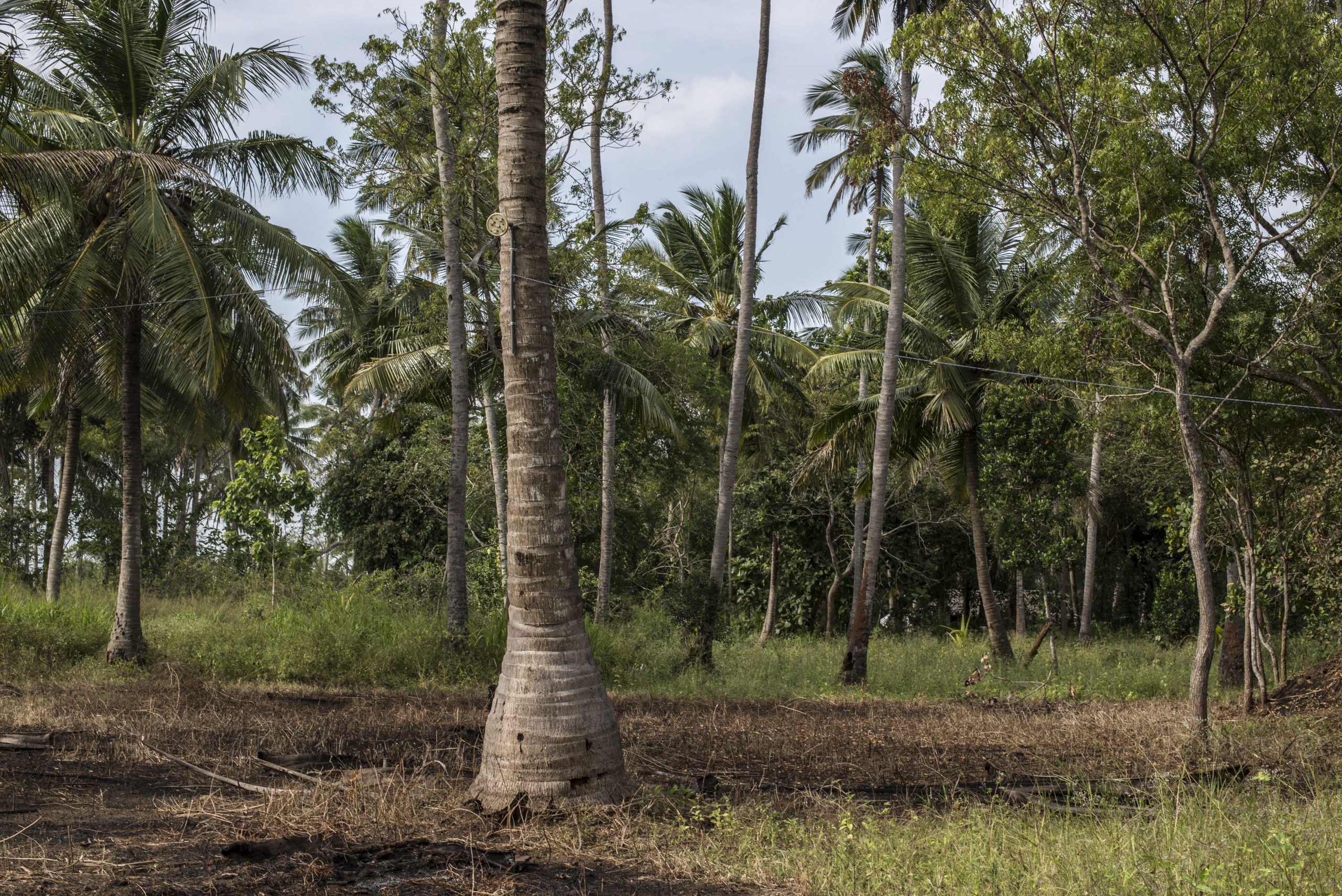
Mrs Neelamma admits that elephants had not approached when the devices had worked, but then the devices ran out of batteries and now they do not work.
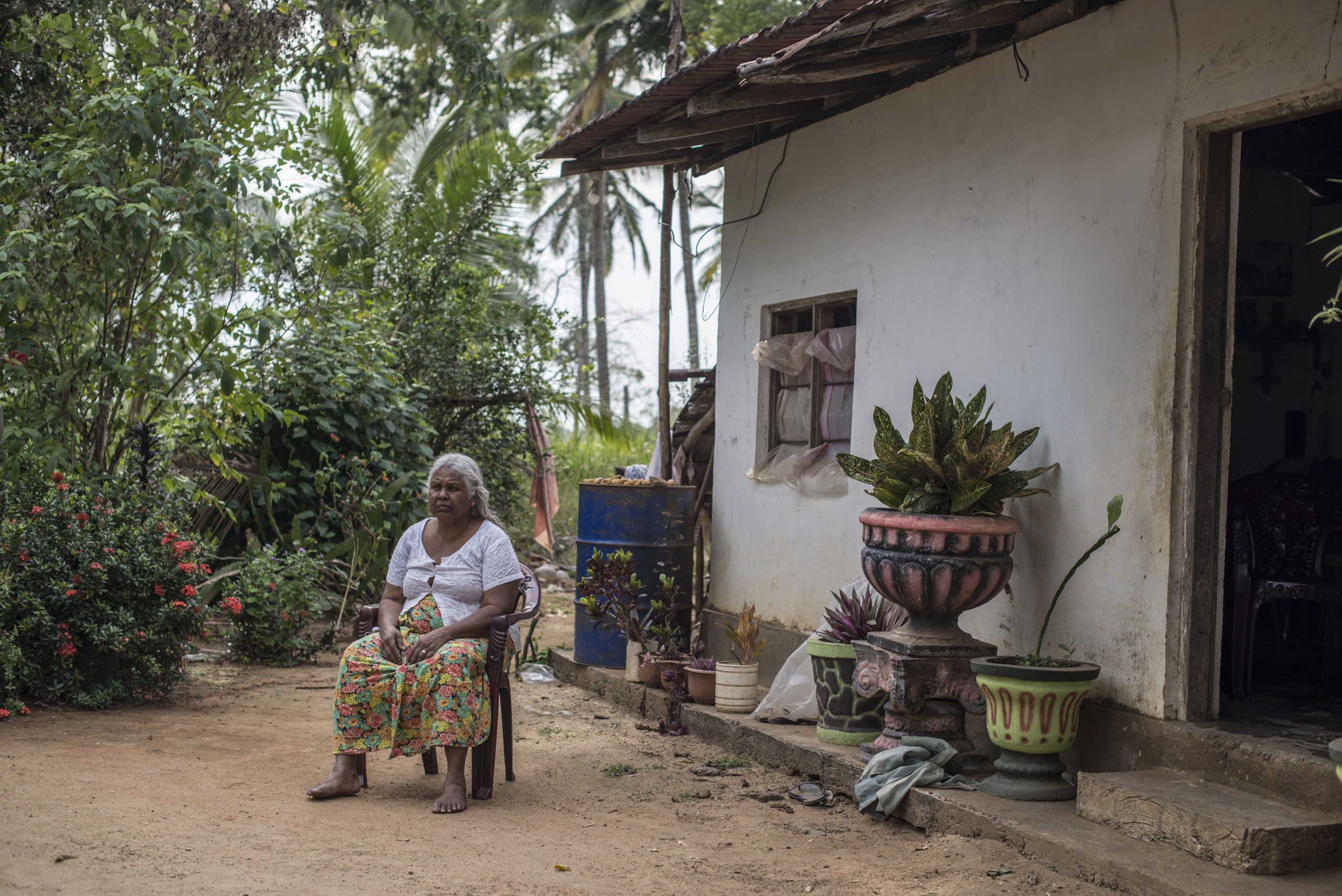
An elephant attacked and killed a neighbour of Chaandani Damyathi ten years ago. Now, when it gets dark, Damyathi, 37, does not leave home. “My husband works outside and I am afraid,” she notes, with her daughter in her arms in the living room, which is adorned with wedding pictures and a colourful calendar. She explains that three months ago, “an elephant crossed the jungle, cut the branches of the trees and came to the house.”
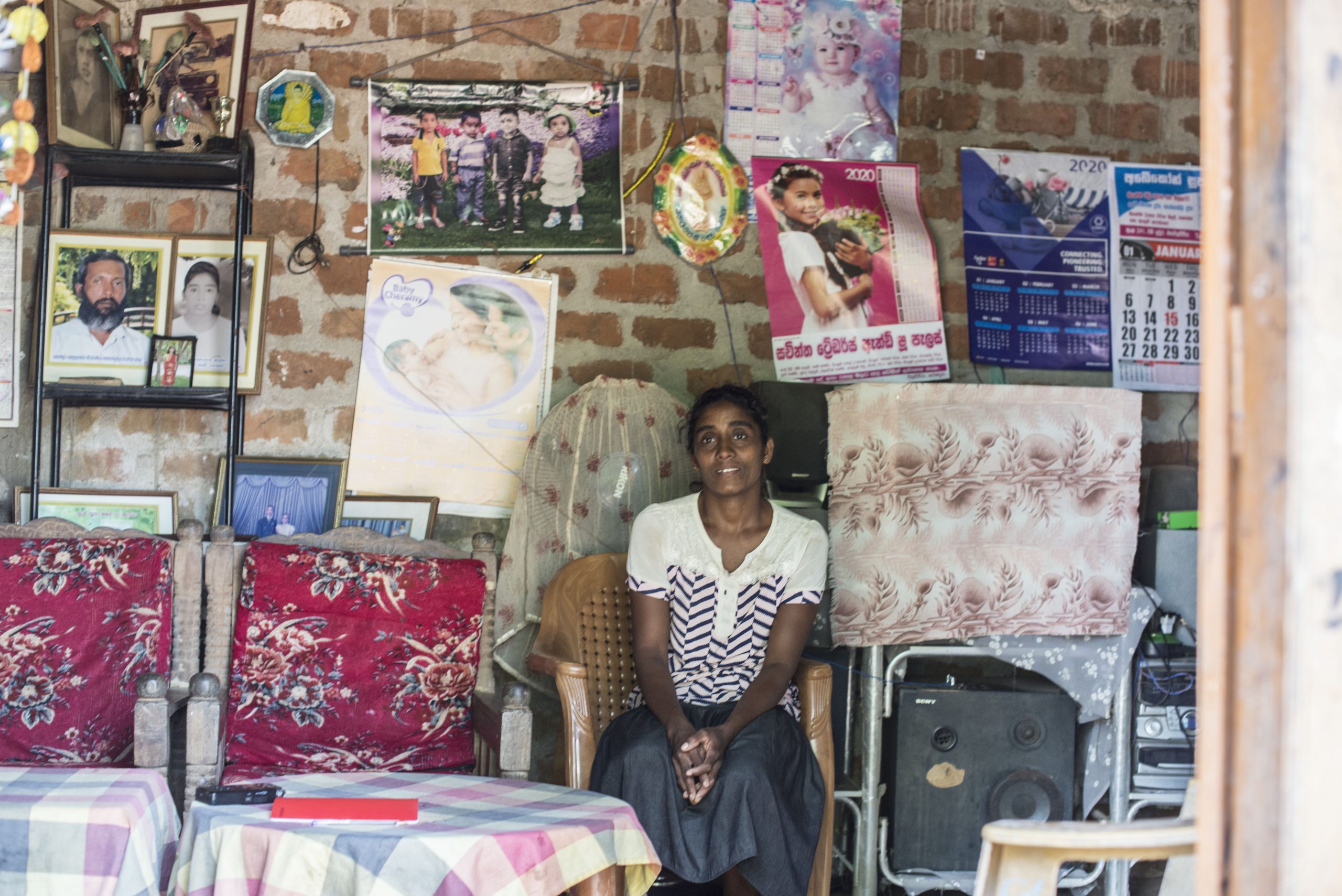
Damyathi and her family have a small piece of land, where they grow rice and pumpkins. Here the WNPS is also testing the light repel system. It was set up two years ago. But it is not operational right now. She says that the monkeys broke it.
“In this area, the human-elephant conflict is big. It used to be elephants’ territory, and people moved here 13 or 15 years ago,” explains Jehan CanagaRetna. Damyathi agrees that years ago, there was no such conflict with elephants: "They started coming when people started farming," "They come because they now have more food options," she adds.
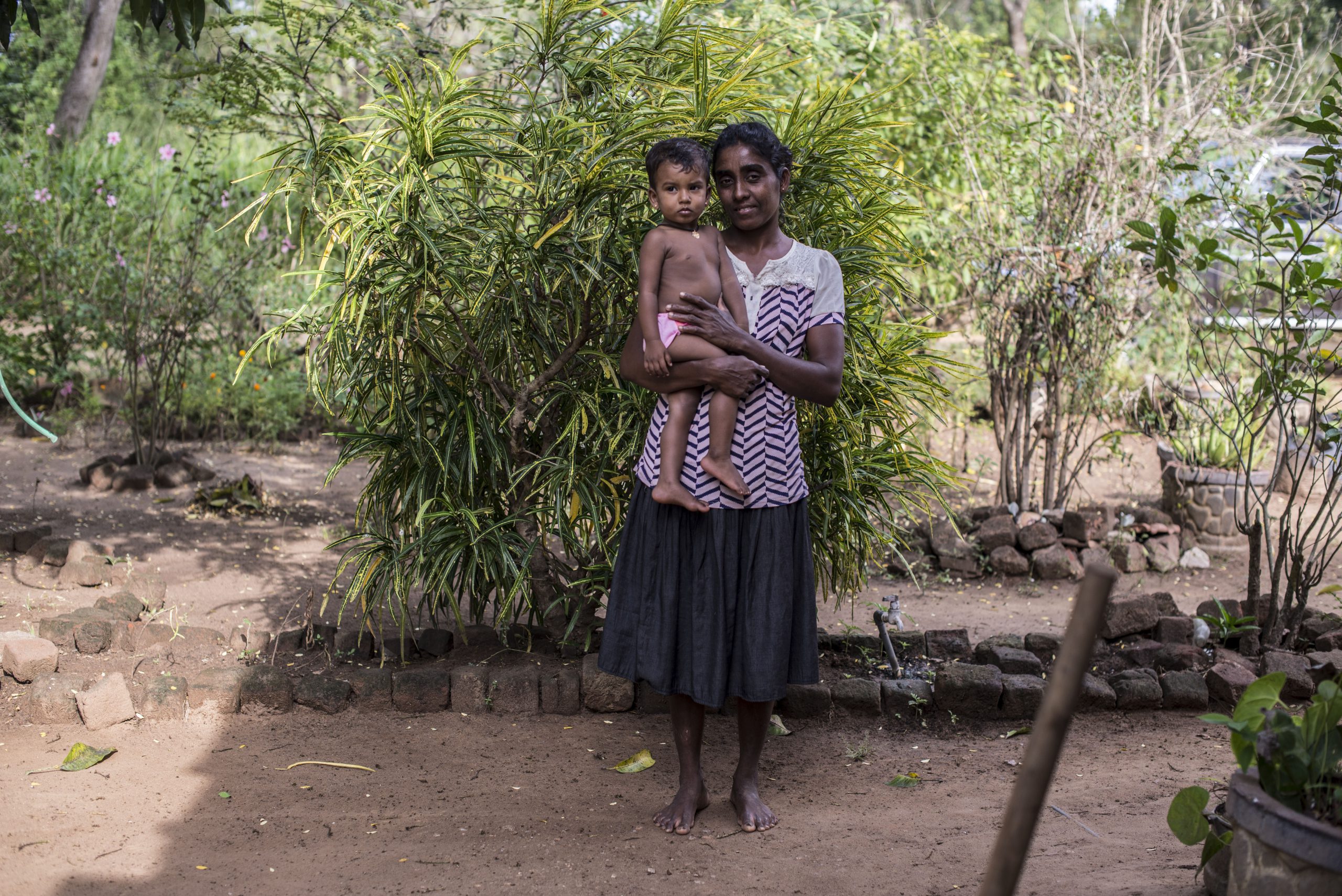
The Damyathi family home is near a road, where a yellow sign with the drawing of a large elephant and a baby indicates: "Danger." At this moment, some cows are blocking the road. A little later, it is a turtle. In July 2020, a video of an elephant in the middle of the island's southern highway went viral on social media.
The light repel system was set up in 2019, initially over a length of 2.5 km surrounding a field that belonged to 18 families, where each family had about 2 or 3 square km of the paddy. However, after several months, the organization found that the residents did not maintain the batteries. In 2020, they tried to work directly with the farmers in three areas: Galgamuwa, Wilachchiya and Pokunutanne, but then, the pandemic hit the island.
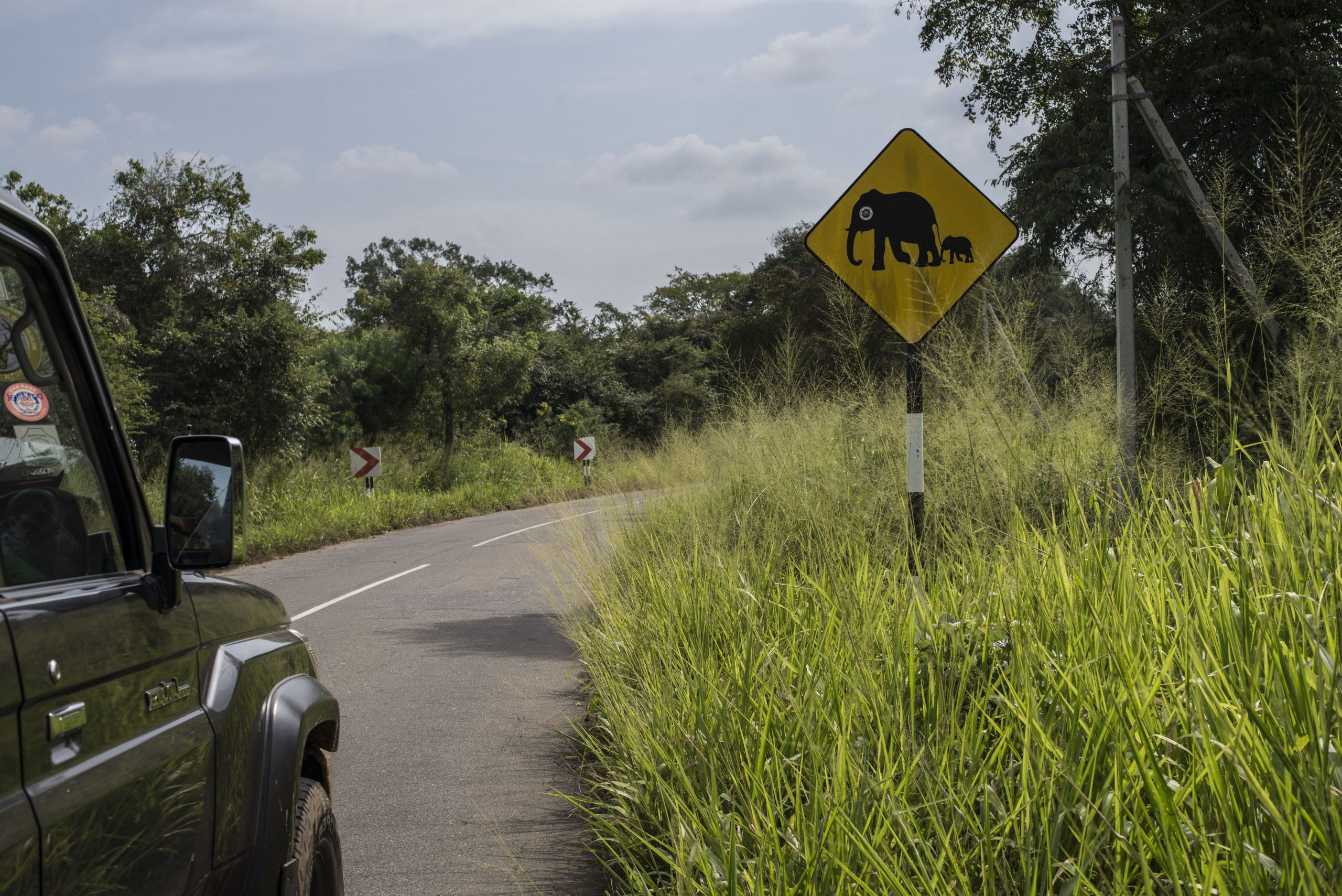
“This is a five-year pilot program. We expect to implement it on a large scale if it works”, Canagaretna adds. Recently he visited a residence in Ahatuwewa in the Galgamuwa area in North Western Province, where the system was set up surrounding farming plantations within 1 square km. He says that here “the farmer is a vigilant in ensuring that it works every day.” “The biggest obstacle we are encountering is humans,” he concludes.

ALTERNATIVE CROPPING
When Dr Shermin de Silva, founder of the Asian elephant conservation charity Trunks & Leaves Inc. set up several camera traps across a road near Udawalawe National Park in 2016, and she did not expect to find out “so much elephant activity”.
The Udawalawe National Park was established in 1972 to shelter wild elephants displaced by constructing a reservoir in this area. After the dam was built, the area was transformed. The original deciduous forest landscape gave way to crops and settlements, and the conflict between elephants and humans increased.
Dr Shermin de Silva, a behavioural ecologist by training, has been running the Udawalawe Elephant Research Project in this area since 2006. It is a long-term study of social behaviour and demography of Asian elephants. She began the camera observation as part of the Coexistence Project, which includes research and community-based conservation initiatives to find ways of peaceful coexistence between elephants and humans.
“The camera traps are cameras sensitive to movement at a certain height, so they take pictures when a big thing passes by, such as people or elephants," dr de Silva explains. She says that initially, one of the goals was observing elephants in the area where electric fences were planned to be installed, and once the elephants were moved there, the goal was to survey the conflict at that point. They currently have 36 cameras.
Dr de Silva, like other researchers, believes that the only possible solution to the conflict “is coexistence.” With her work, she is seeking ways in which people and elephants can continue to share space “while meeting the needs for security on both sides.” Coexistence means “both economic and physical safety,” she clarifies.
Since elephants are attracted to the grass of rice fields, dr de Silva is now exploring whether adopting alternative cropping different from rice in certain areas could be a way to minimize the conflict.
In early 2020, Trunks & Leaves began to test, together with a company exporting spices and essences, developing a type of incense stick that could ward off the elephants. If it worked, it would not only improve the security of those families but would mean some extra income. They started trials “but had to stop due to the COVID-19 pandemic.” “We had also to push back trials of the alternative crops because of the pandemic, and we will start them in January 2021 hopefully,” she adds. She aims to work together with some villagers to find other livelihood options.
Because “one thing that you see repeatedly over and over again for different reasons is that you have elephant habitat and right next door, a thing that is very attractive to elephants – rice crops.” “So you place a temptation right in the middle of elephants’ habitat, and what do you expect animals to do?” she questions. “And that is encouraged in some cases by government policies for irrigation development, providing water to grow certain kinds of crops,” she adds.
While searching for solutions, “we cannot forget people,” she continues. Because “the most impacted people in this conflict are the poorest people in society, the farmers who don’t have anything other than the land, farming and crops to sell.” Some families in the Udawalawe area barely live on 200,000 Sri Lankan rupees (about 915 euros) per year, according to a Trunk and Leaves survey.
“These vulnerable people are also the most exposed to elephants,” de Silva adds. “So, you have the discrepancy between the people who want to preserve elephants for environmental or academic reasons or conservation, who are mostly urban and educated, and the people who have to live with elephants,” dr de Silva concludes.
They are people like Mrs Neelamma, Damyathi and her family, Mr Sirisena, the village officer Ruwan and their communities, and so many other Sri Lankans.
Additional photography: Marcin Suder and Kanchana Kumara Ariyadasa
Drone footage: Sisira Sampath
Camera trap: Shermin de Silva
Interactive production team: Lola García-Ajofrín, Marcin Suder, Piotr Kliks
Design: Tina Xu
Web development: Piotr Kliks
© 2021 Outriders


